Gardening on a sloped site offers unique challenges and opportunities. By working with the natural incline, you can create dynamic outdoor spaces that combine functionality, aesthetics, and erosion control. From terraced retaining walls to cascading water features, sloping gardens can be transformed into multi-level retreats. Thoughtful plant selection, creative hardscaping, and clever use of materials ensure stability while maximizing usable area. Below are 20 detailed design ideas—each exploring a different approach—to help you harness the potential of your hillside landscape.
1. Terraced Retaining Walls
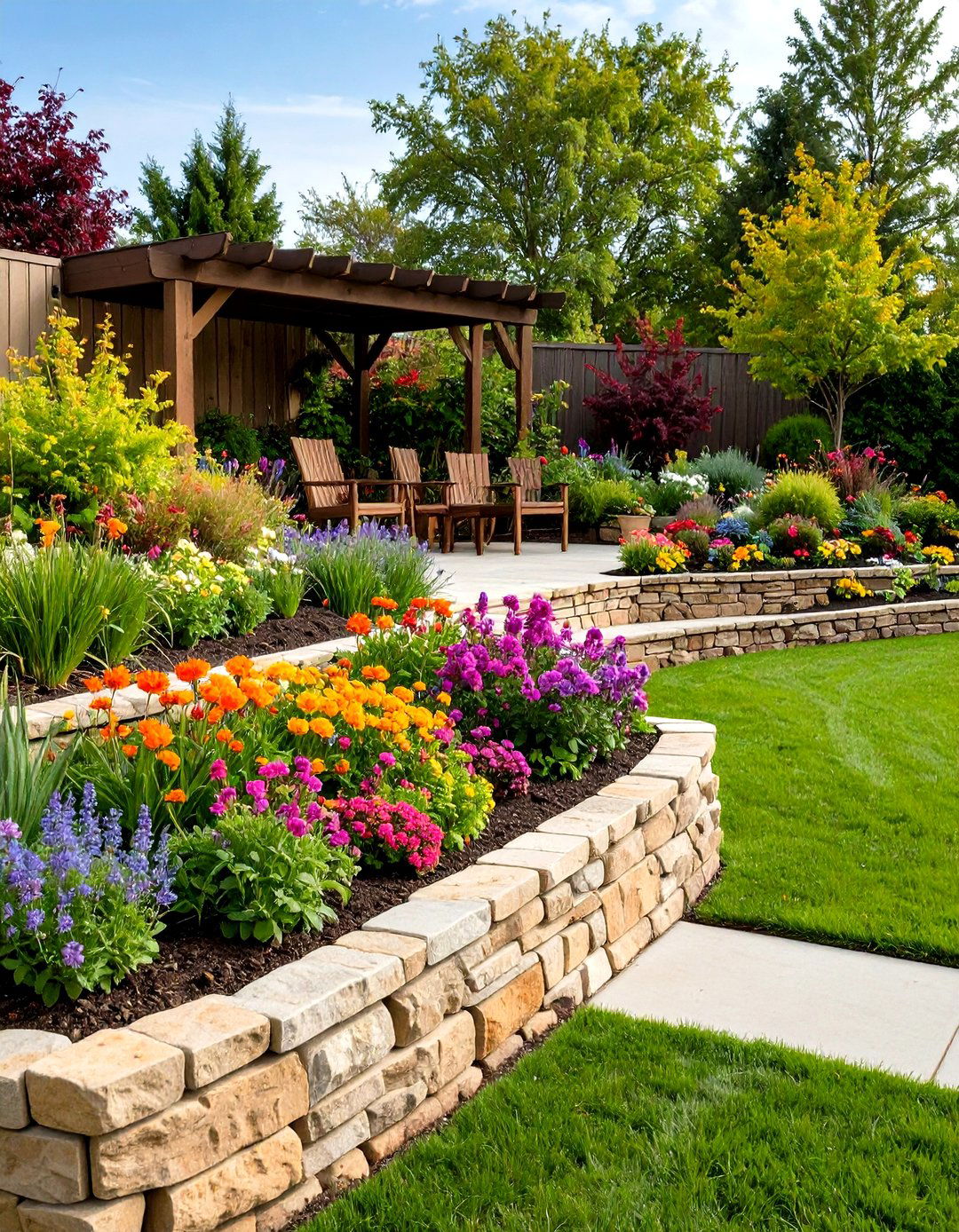
Building a series of low retaining walls is a classic method to tame a slope, creating level planting beds and seating areas. Use materials like dry-stacked stone or timber sleepers to define each terrace, ensuring proper drainage behind the walls. Terracing reduces erosion by interrupting runoff and offers distinct garden “rooms” for varied plant palettes or functions such as dining and lounging.
2. Cascade Water Features
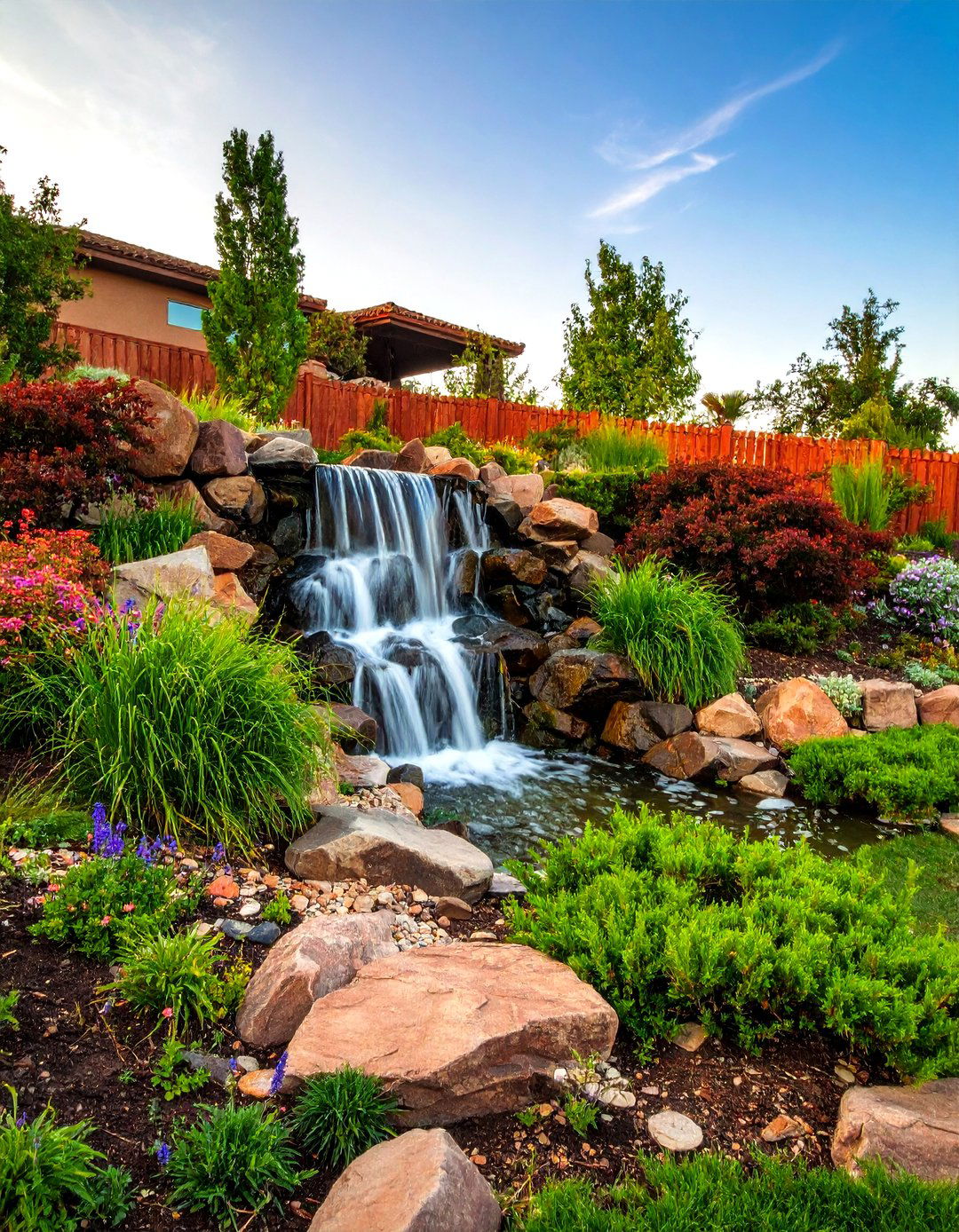
Incorporate a multi-tiered waterfall or cascading stream that follows the natural gradient of the hill. Water features not only add sound and movement but also emphasize vertical transitions. Position boulders and planting pockets along the stream’s path to mimic a natural hillside creek, while a hidden pump recirculates water for sustainability.
3. Naturalistic Rock Garden
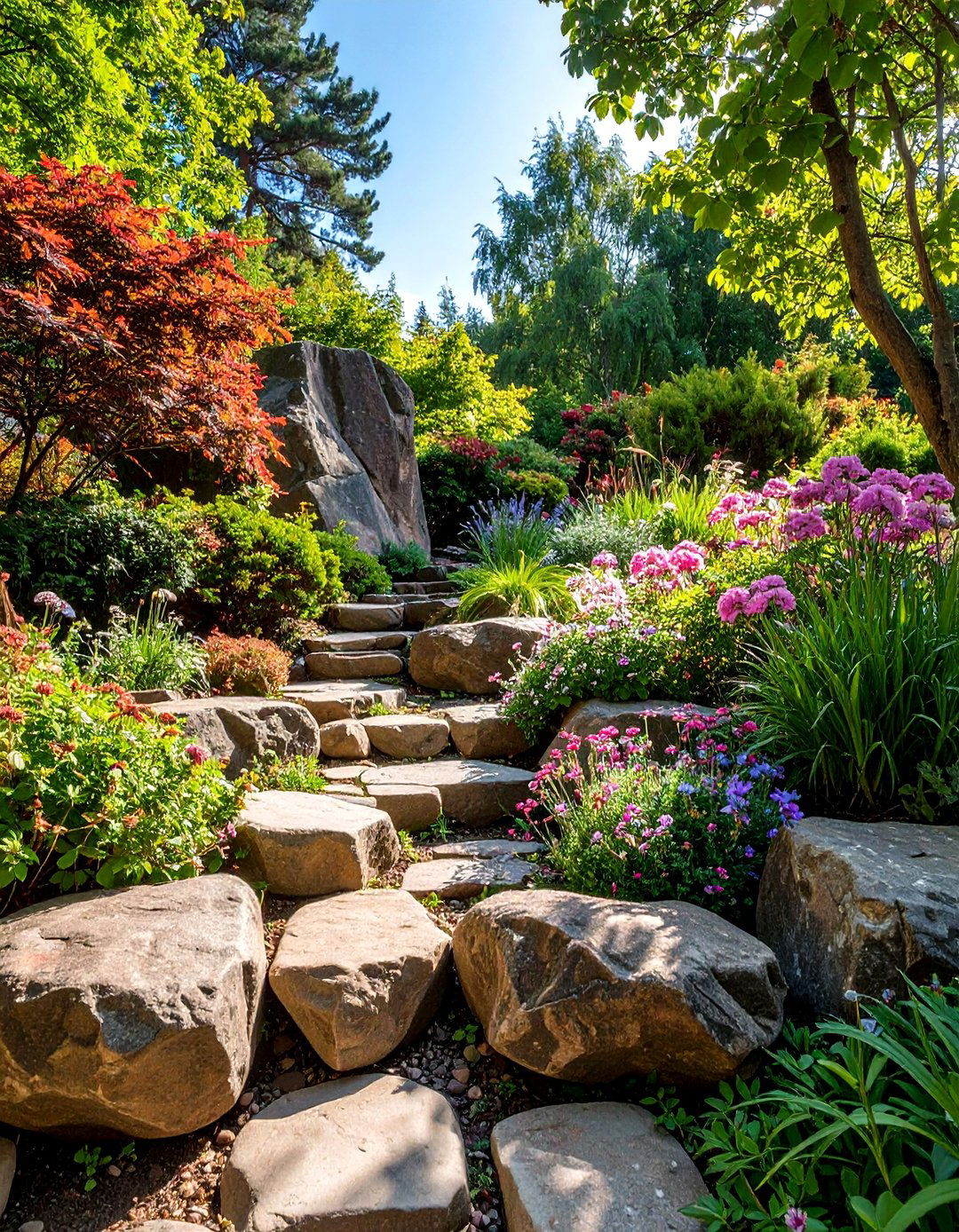
Leverage large rocks and boulders to anchor soil on steep banks, creating microhabitats for alpine and drought-tolerant plants. Fill crevices with sedum, rock cress, and creeping phlox. This approach provides year-round interest and requires minimal irrigation once established, blending seamlessly with the slope’s natural contours.
4. Floating Deck Platforms

Add cantilevered or floating deck sections that project from the slope, offering panoramic views and extending outdoor living space. Composite or pressure-treated timber decks can be tiered to follow the incline, creating separate zones for seating, dining, and cooking. Floating platforms minimize soil disturbance and preserve underlying vegetation.
5. Curved Stone Stairways
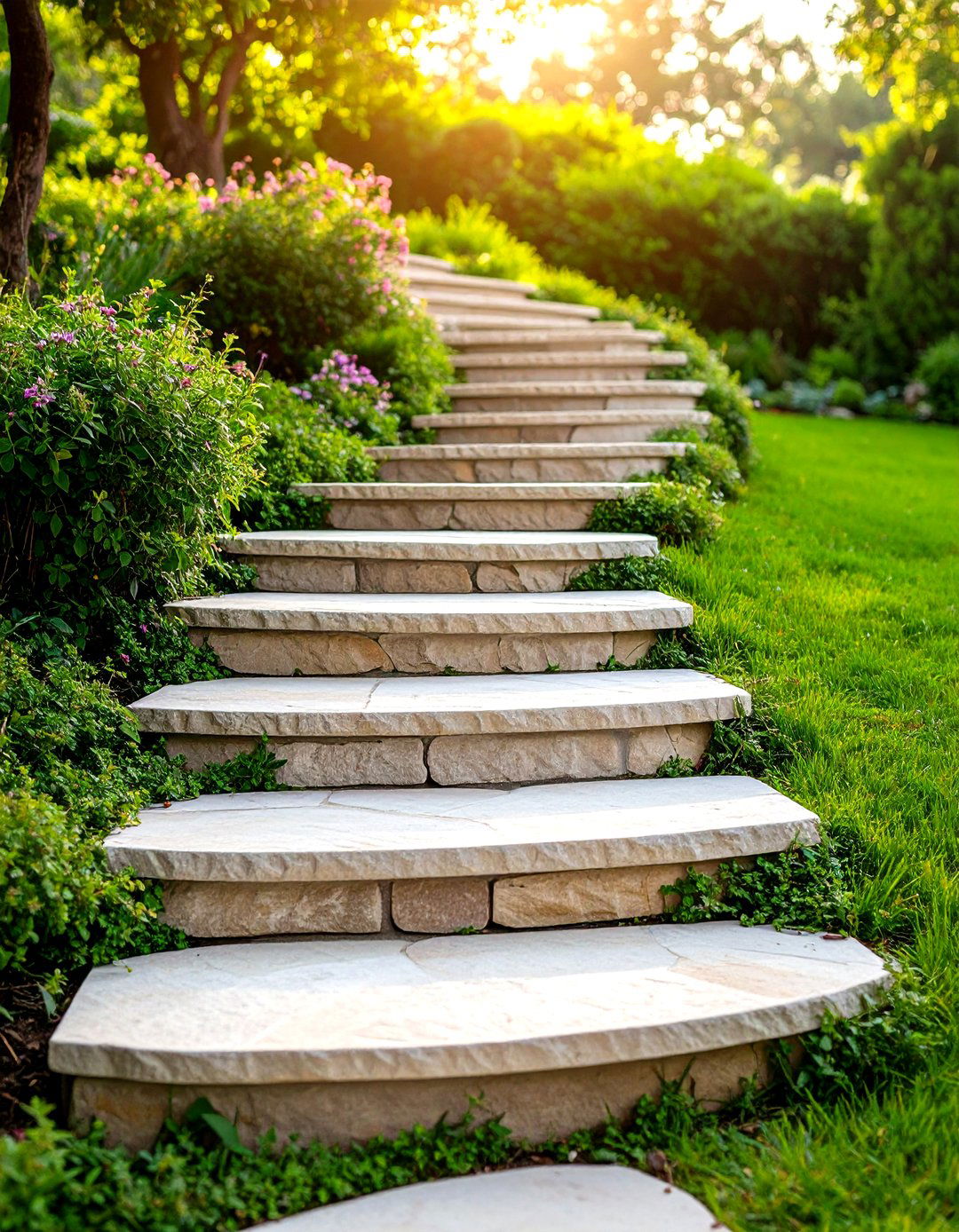
Smooth, winding stone stairways soften steep grades and provide safe, inviting access. Use locally sourced flagstone or gravel-set pavers to form gentle curves that lead visitors through the garden. Interplant steps with groundcovers like creeping thyme to integrate the stairway into its surroundings and reduce erosion around each riser.
6. Container Gardens on Ledges
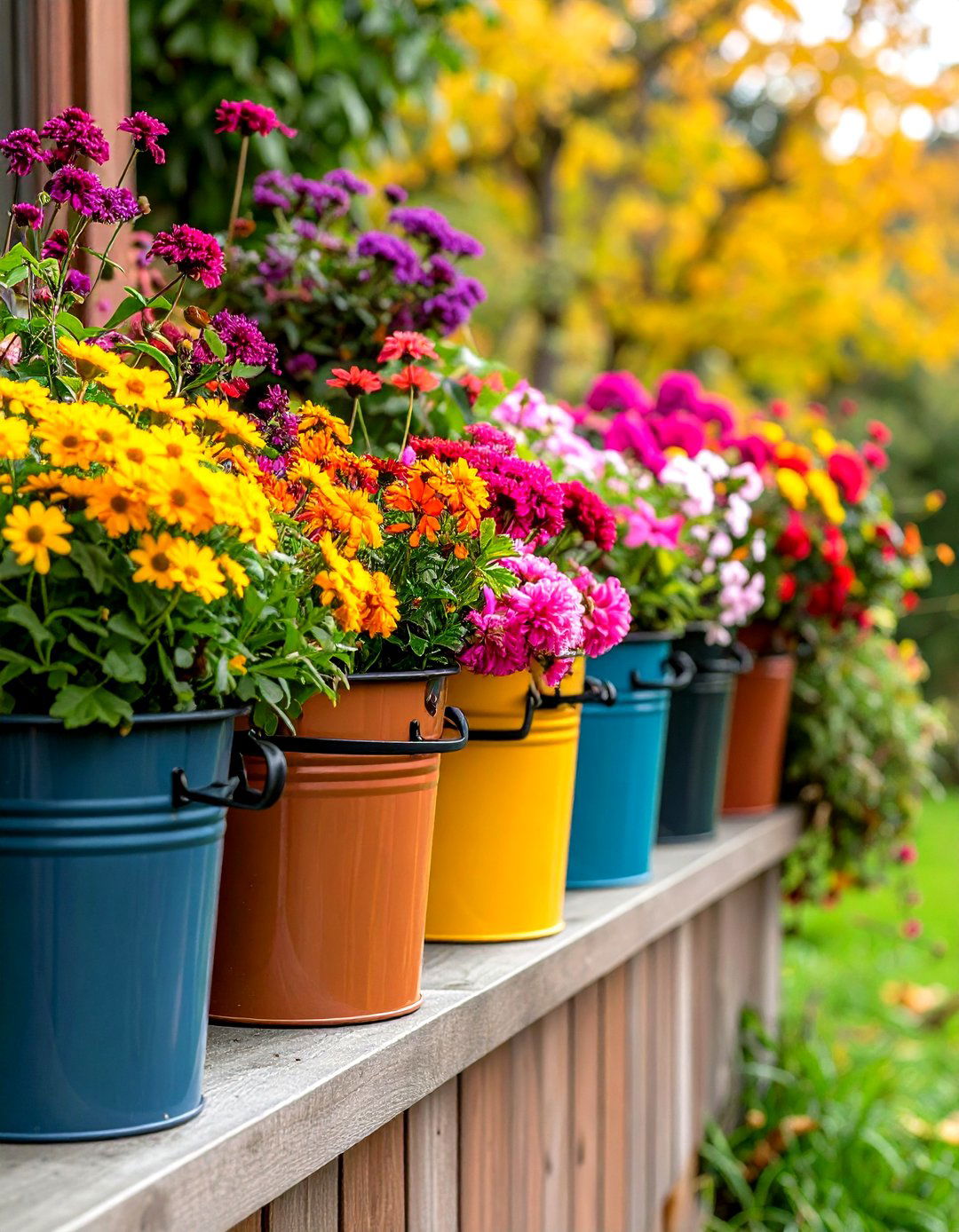
Place heavy, frost-resistant containers along natural ledges or retaining-wall tops to showcase seasonal blooms. Ceramic or concrete pots can be secured with metal brackets, preventing tipping. This flexible approach lets you swap plants seasonally and focus color and texture at eye level without extensive planting beds.
7. Layered Planting for Erosion Control
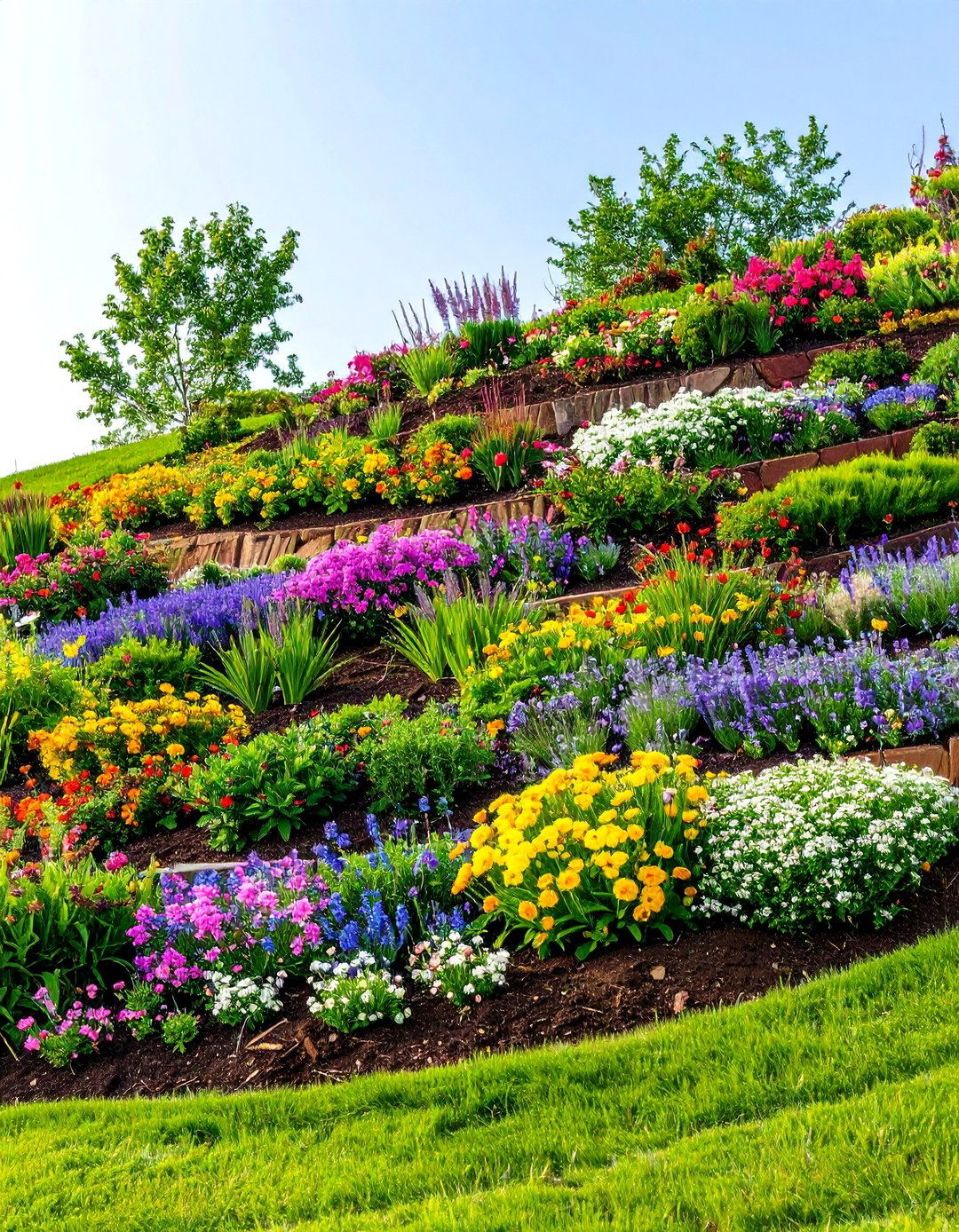
Establish deep-rooted shrubs on upper slopes, mid-size perennials in the mid-zone, and creeping groundcovers at the toe of the incline. This layered arrangement traps soil and water, with each plant tier serving a functional role: trees anchor, shrubs buffer, perennials add seasonal color, and groundcovers stabilize the base.
8. Wildflower Meadow Slope
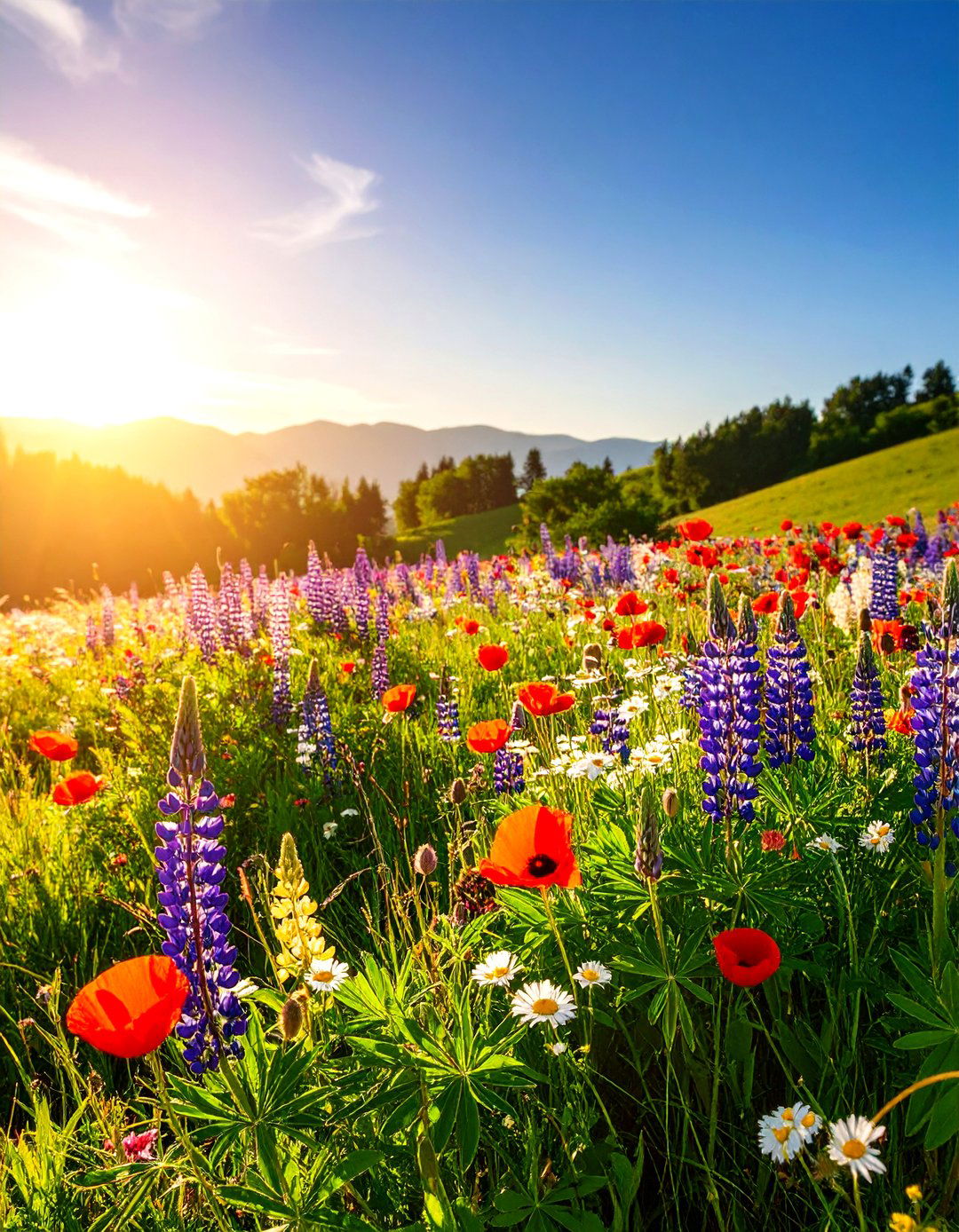
Transform an uncomplicated grassy bank into a swath of native wildflowers like poppies, lupines, and asters. Wild meadow planting not only beautifies but also supports pollinators and requires minimal maintenance once established. Mow only after seed set to encourage natural reseeding and a sustainable display year after year.
9. Wood and Composite Decking Zones
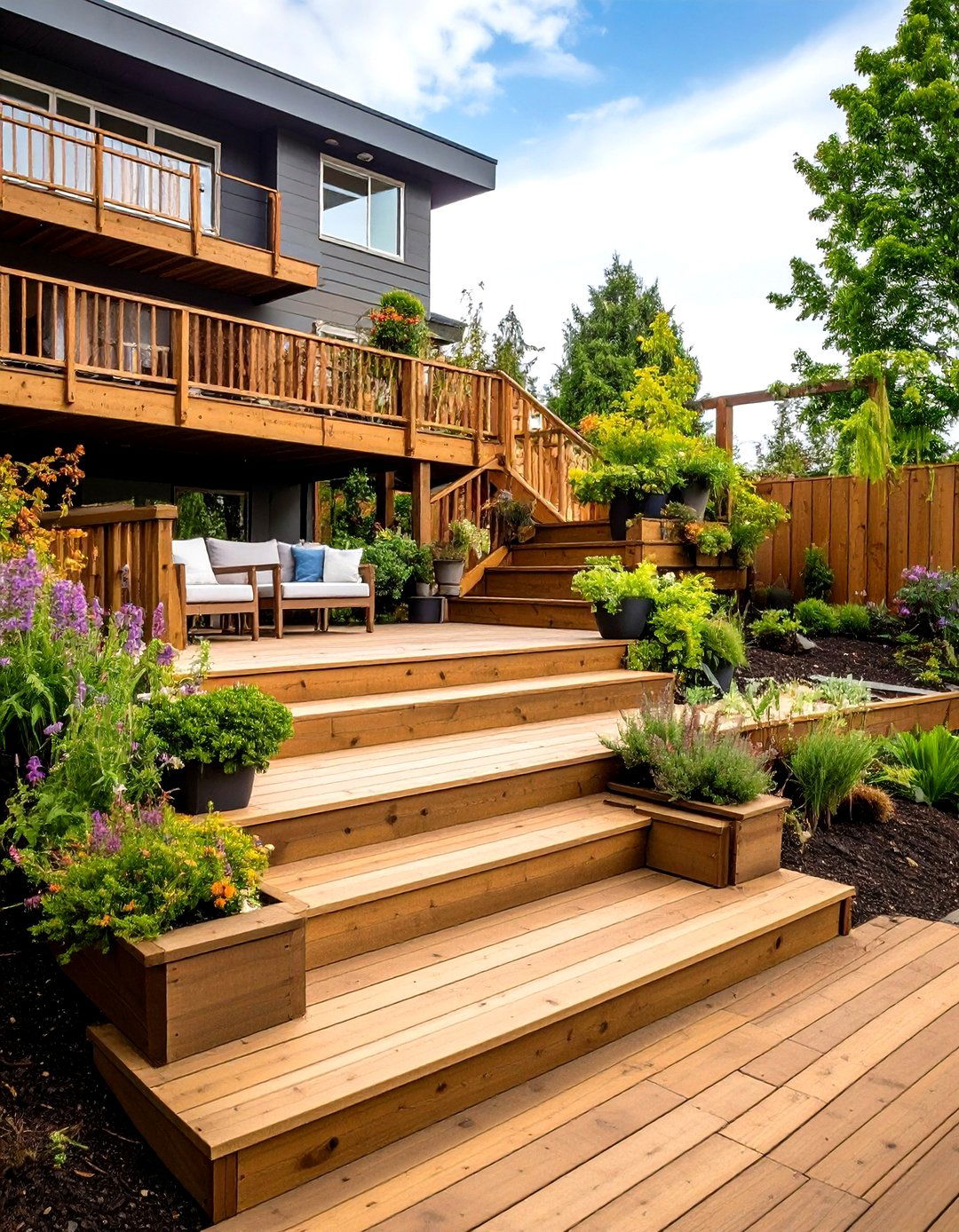
Integrate multi-level wooden decks connected by steps to create discrete activity areas. Use composite decking for durability and low maintenance, and include built-in seating or planters to enhance cohesion. By aligning deck levels with the slope, you preserve original grades and minimize excavation.
10. Gravel Path with Stepping Stones
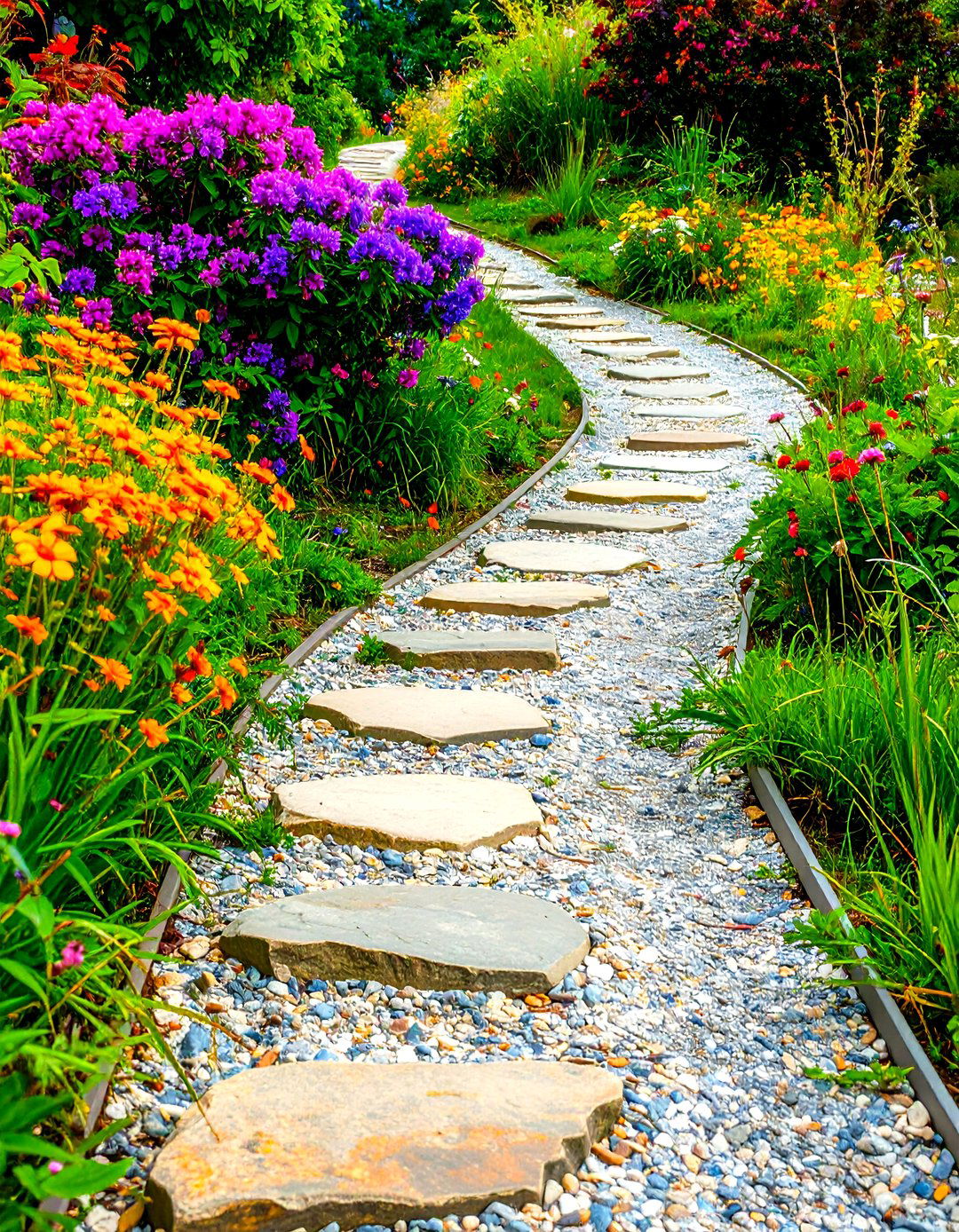
Create permeable pathways using compacted gravel infilled with flat stepping stones. Gravel allows water infiltration, reducing runoff, while stones provide stable footing. Edging with steel or stone prevents gravel migration and keeps the path defined as it meanders up the hillside.
11. Built-In Bench on Incline
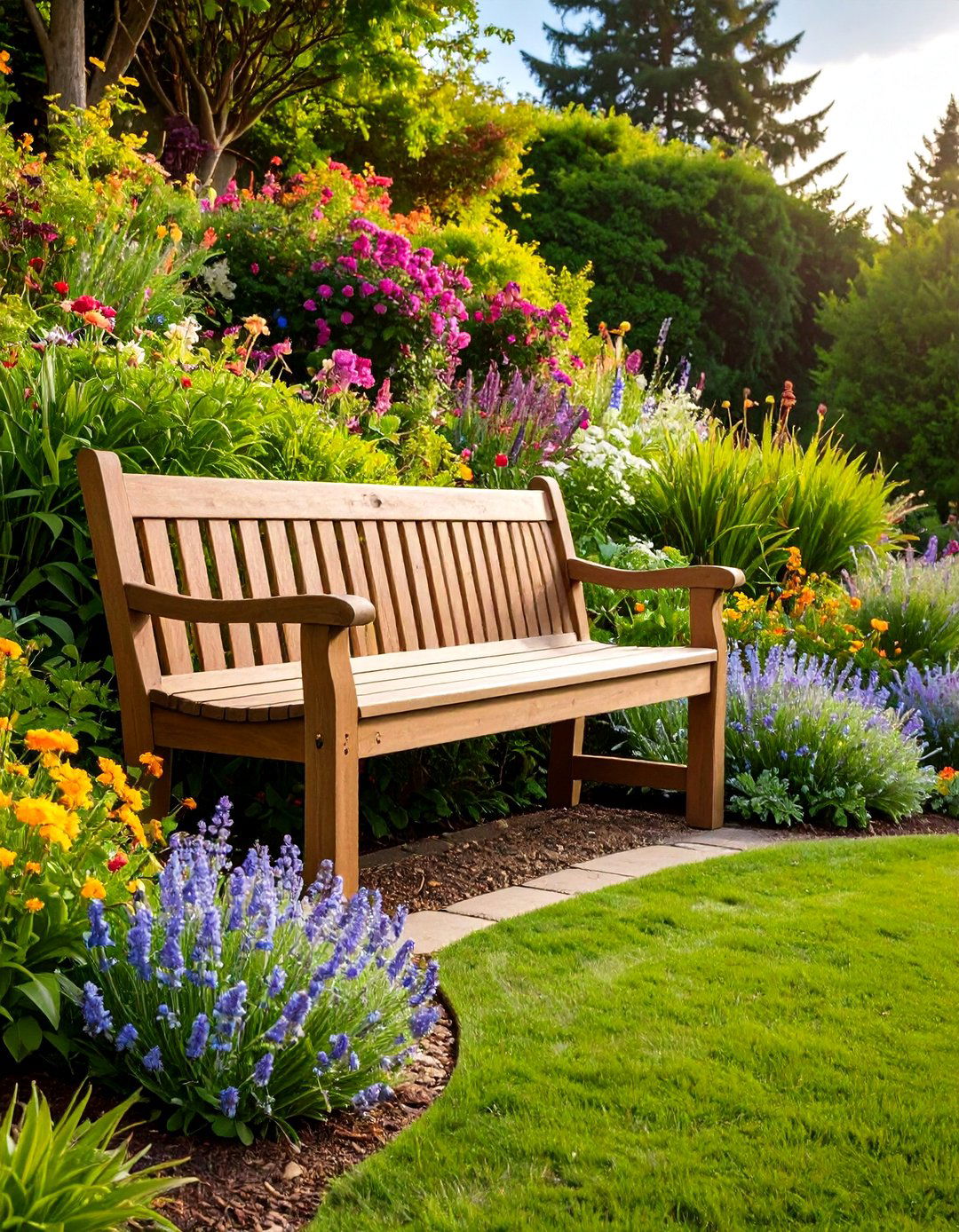
Carve a level seating niche into the slope, anchoring a bench between short retaining walls. Surround the area with low-growing groundcovers and accent plants for a private retreat. This built-in bench leverages the incline for natural back support and blends architecture with landscape.
12. Vertical Garden Wall
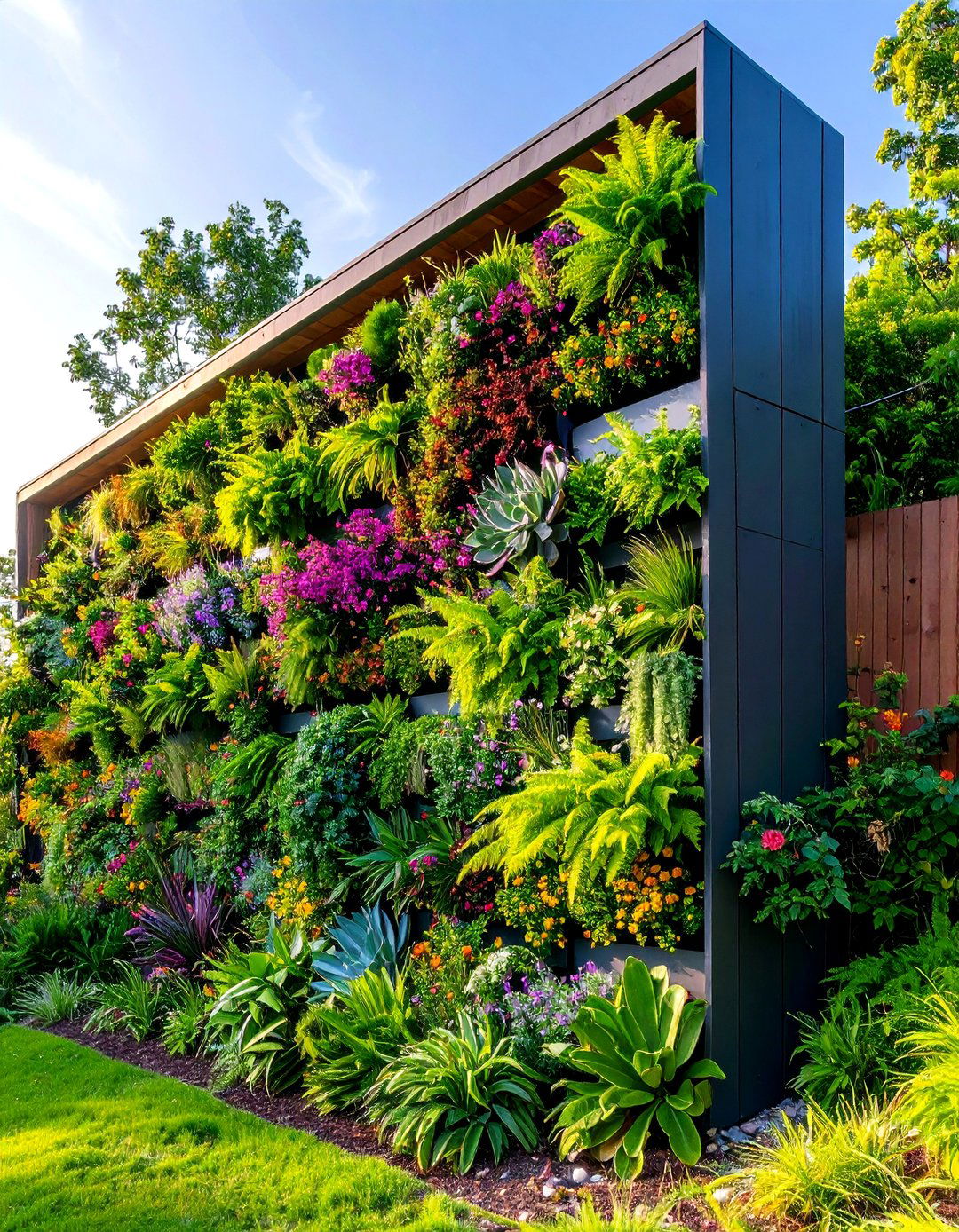
On steep slopes unsuitable for planting, install a modular green wall system attached to a retaining structure. Fill pockets with ferns, succulents, and trailing vines to create a living tapestry. Vertical gardens maximize greenery in compact sloping sites and can serve as privacy screens.
13. Multi-Level Patio Spaces
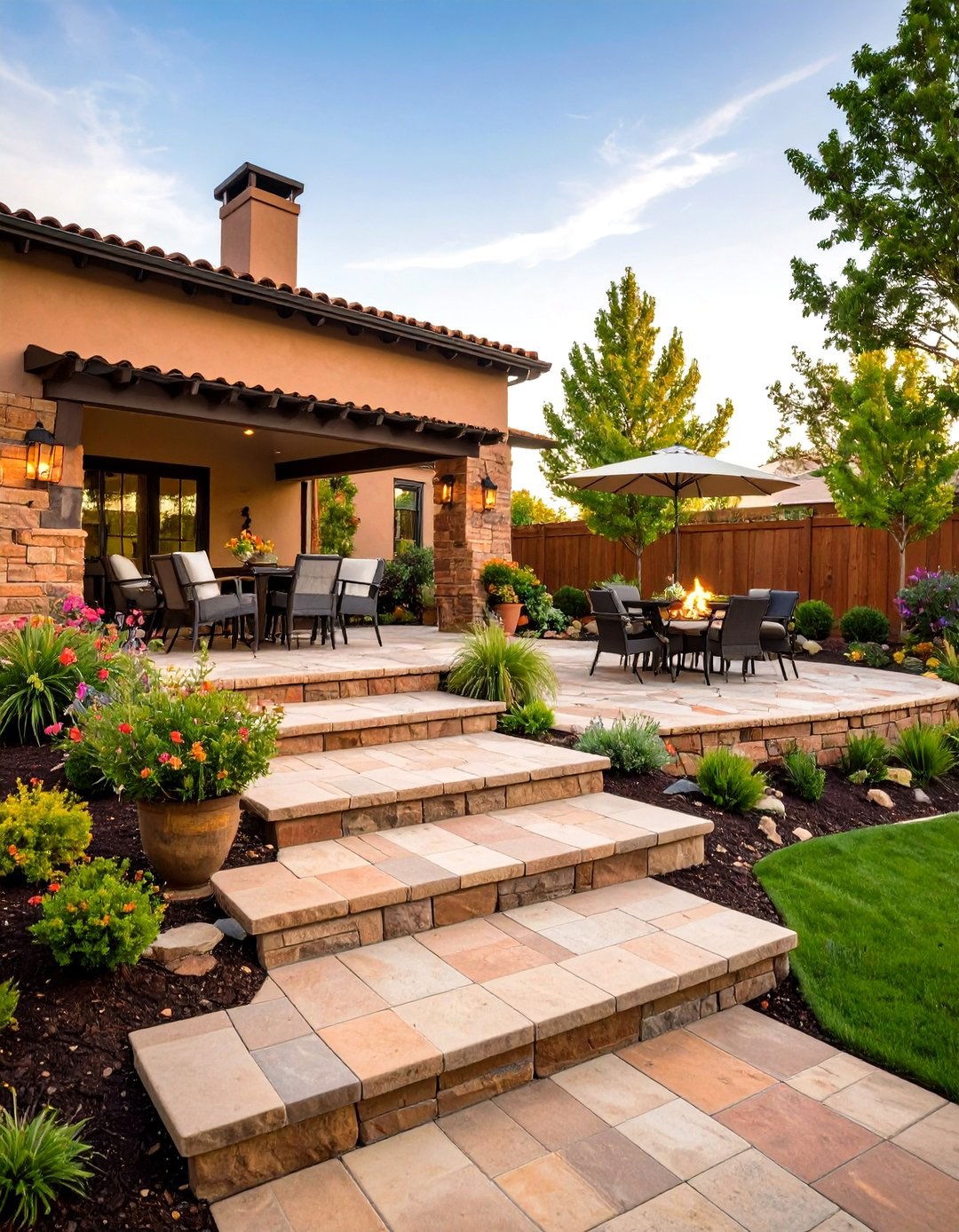
Divide a steep yard into several patios of varying heights, connected by steps or ramps. Each patio can serve different functions—dining, lounging, firepit—and be paved with materials like flagstone or stamped concrete. Multi-level patios add structure and repeat the terrace principle.
14. Alpine Rock Plantscape
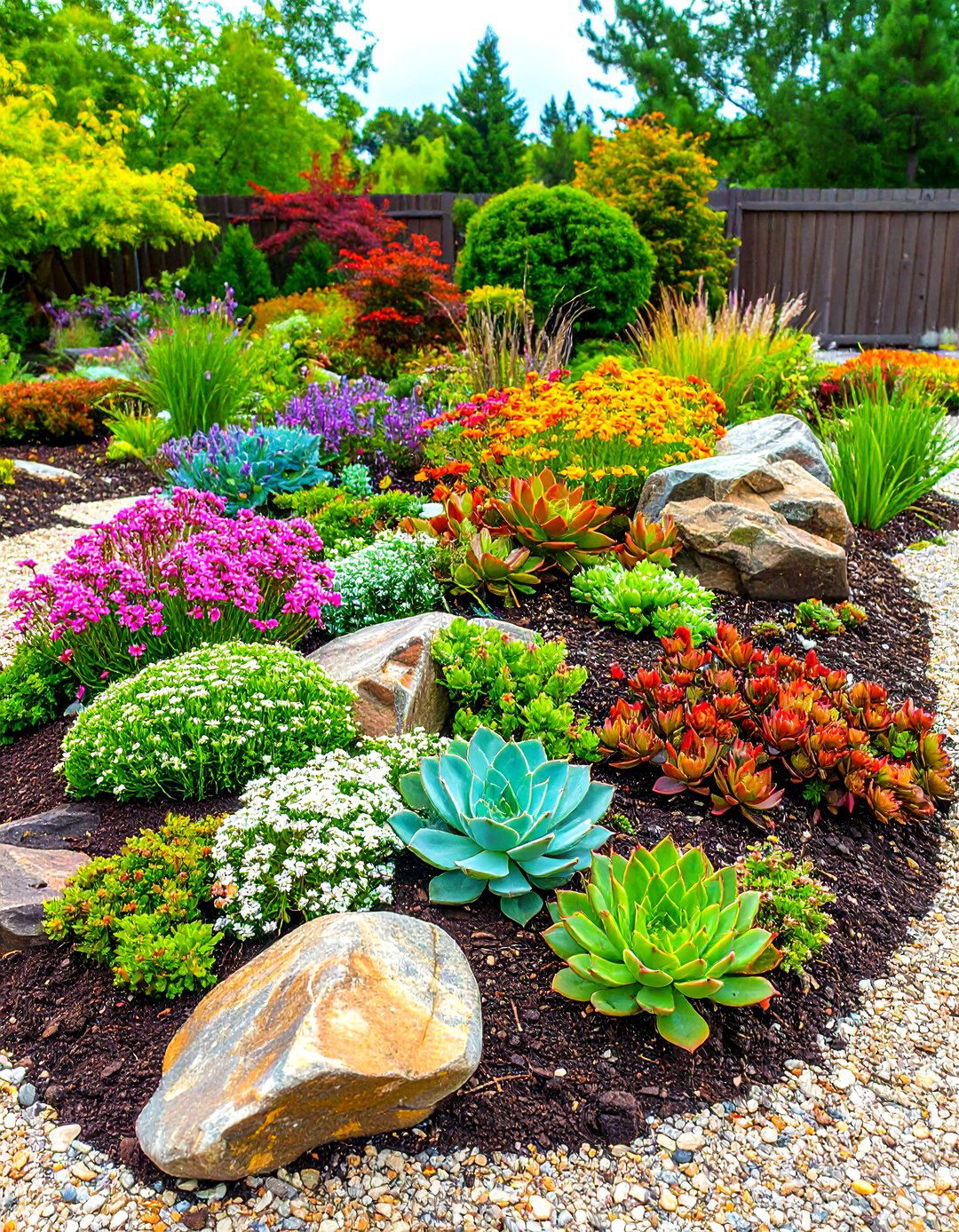
Design a specialized alpine garden with raised mounds of gritty, well-drained soil mixed with stone. Plant cushion-forming alpine species such as saxifrages, dianthus, and sempervivums. Elevated mounds within terraces mimic mountainous terrain and highlight delicate rock-planted specimens.
15. Pergola with Climbing Vines
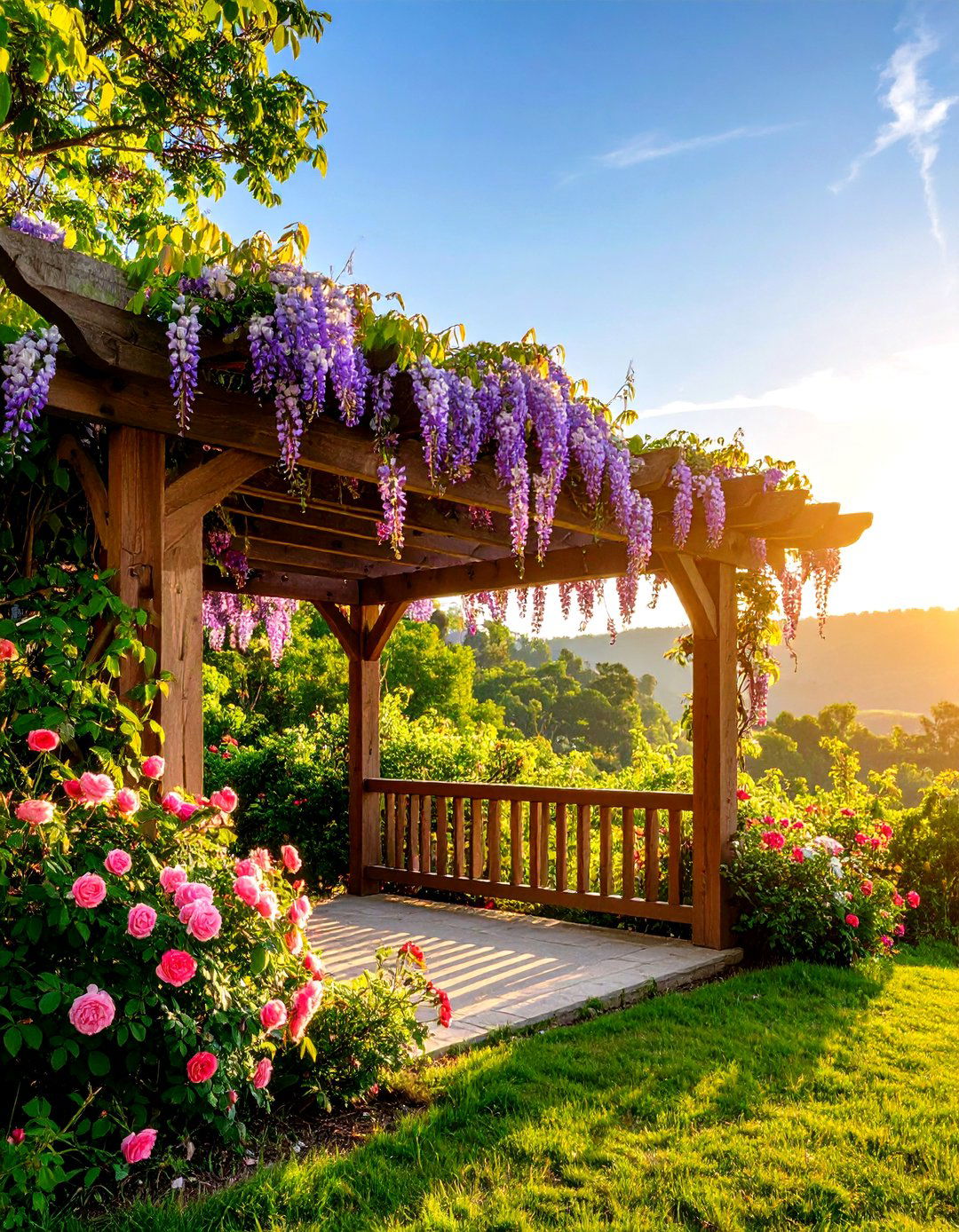
Erect a pergola spanning across a slope, with steps or a walkway running beneath. Train climbing roses, wisteria, or hardy clematis over the structure to provide seasonal shade and vertical interest. The pergola visually anchors the hillside and creates a transition from lower levels to upper circulation paths.
16. Stepped Wooden Planters
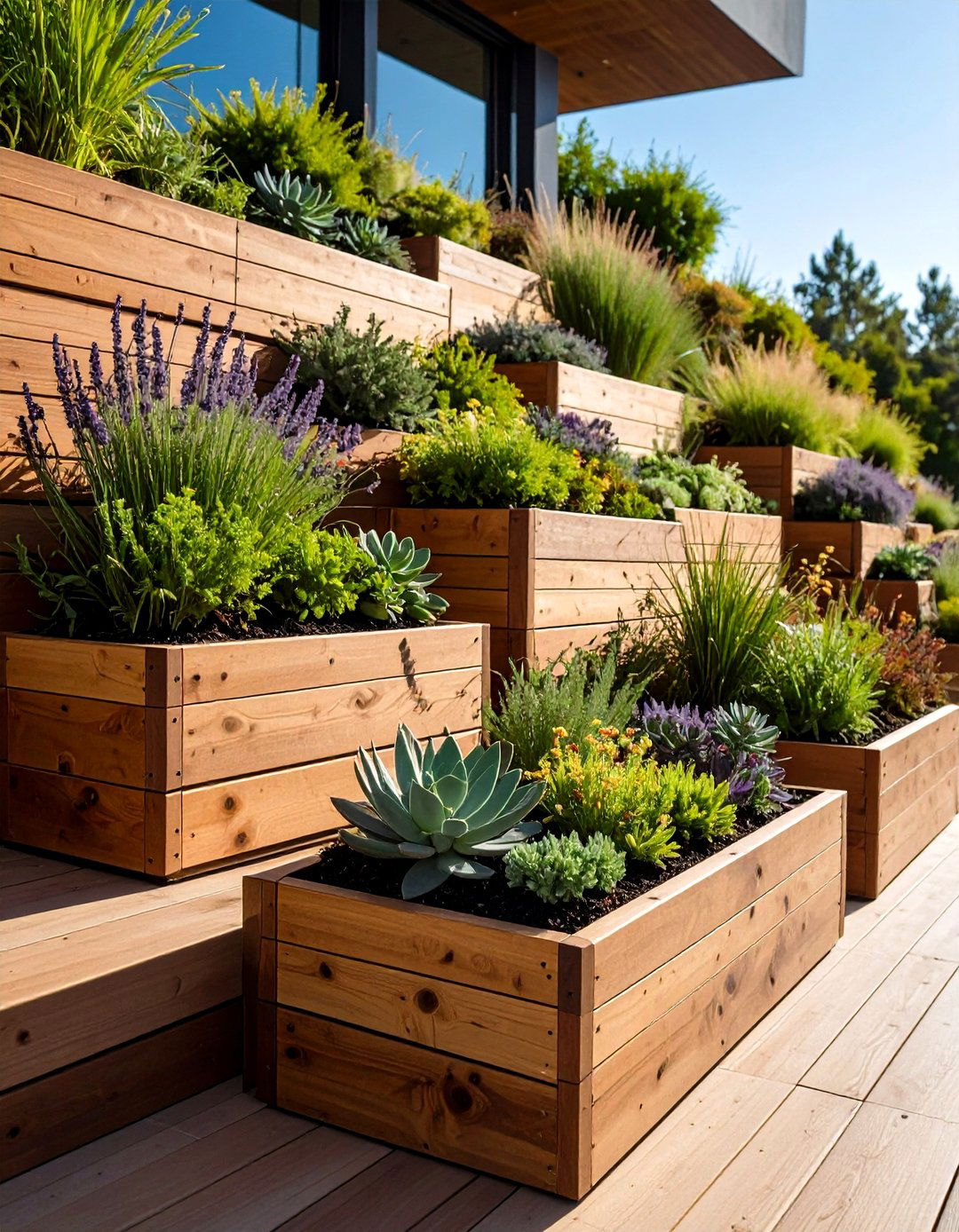
Build staggered wooden planters that step down the incline, each box reducing soil movement and offering organized planting zones. Use rot-resistant timber like cedar and install drainage holes. Stepped planters can showcase herbs, succulents, or ornamental grasses in a structured, tiered display.
17. Sunken Fire Pit Terrace

Excavate a compact terrace into the slope to house a circular fire pit surrounded by built-in seating. The sunken design offers wind protection and intimate ambiance. Retaining walls define the terrace edge, while steps lead down from the upper patio, creating a cozy retreat.
18. Native Shrub Borders
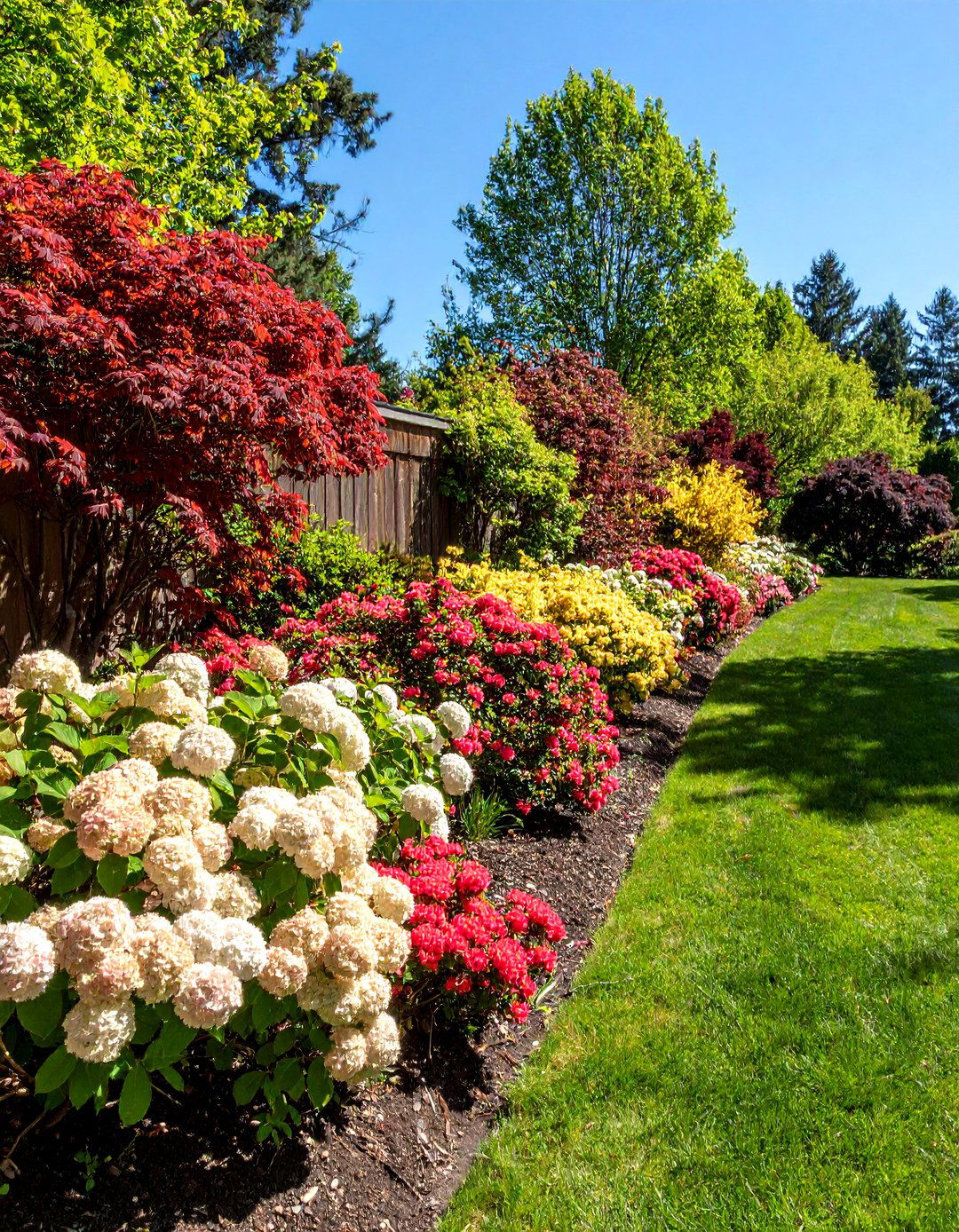
Plant rows of native shrubs like hydrangea, viburnum, or forsythia along contour lines. Their fibrous roots hold soil in place and provide seasonal blooms. Shrub borders also screen views and establish wildlife habitat while reinforcing the slope’s stability.
19. Colorful Perennial Cascades
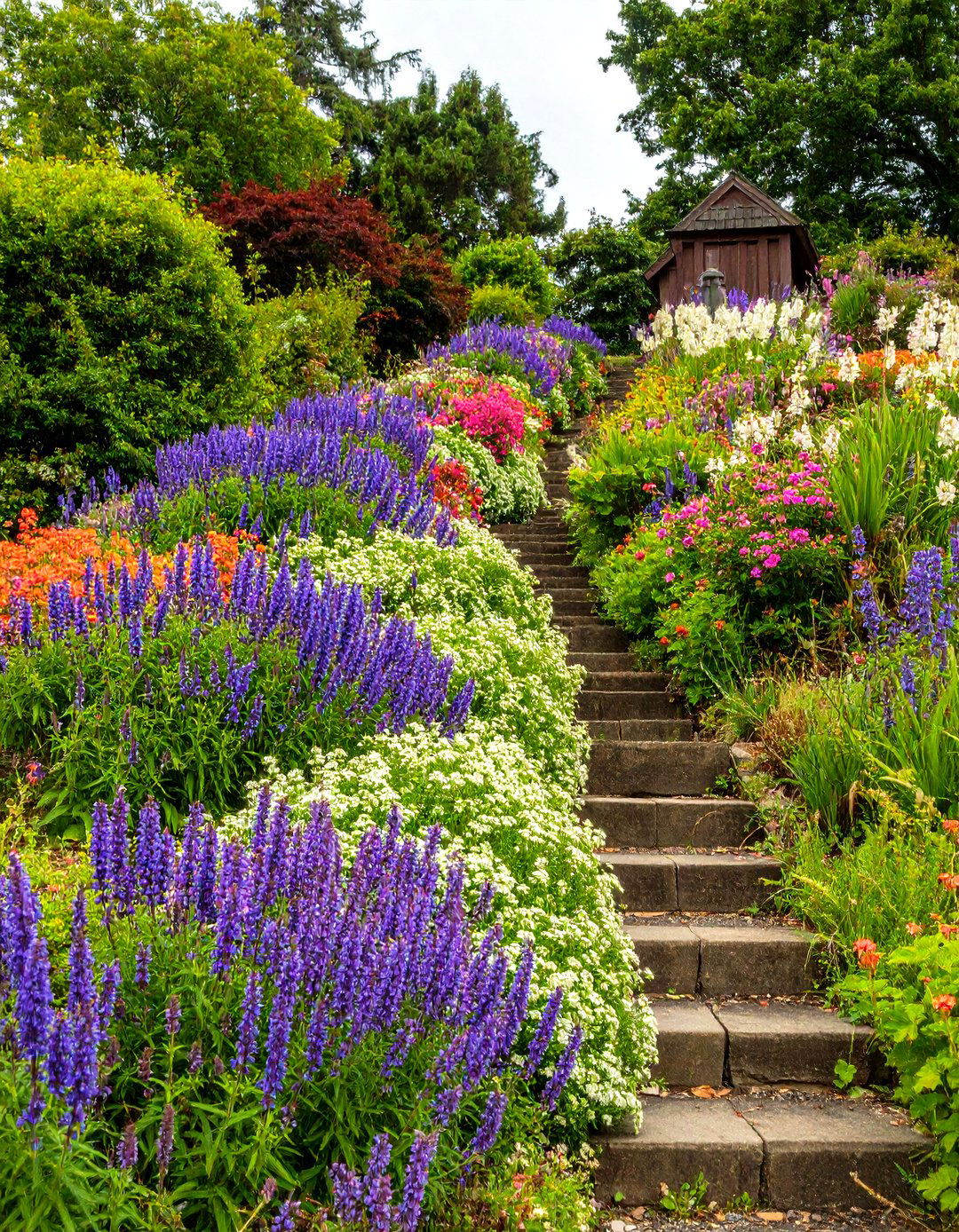
Select cascading perennials—such as nepeta, campanula, and geranium—near the top of the slope so their foliage and blooms spill downward. Repeated groupings create ribbons of color that accentuate the incline and draw the eye along the garden’s contours.
20. Illuminated Step Lighting
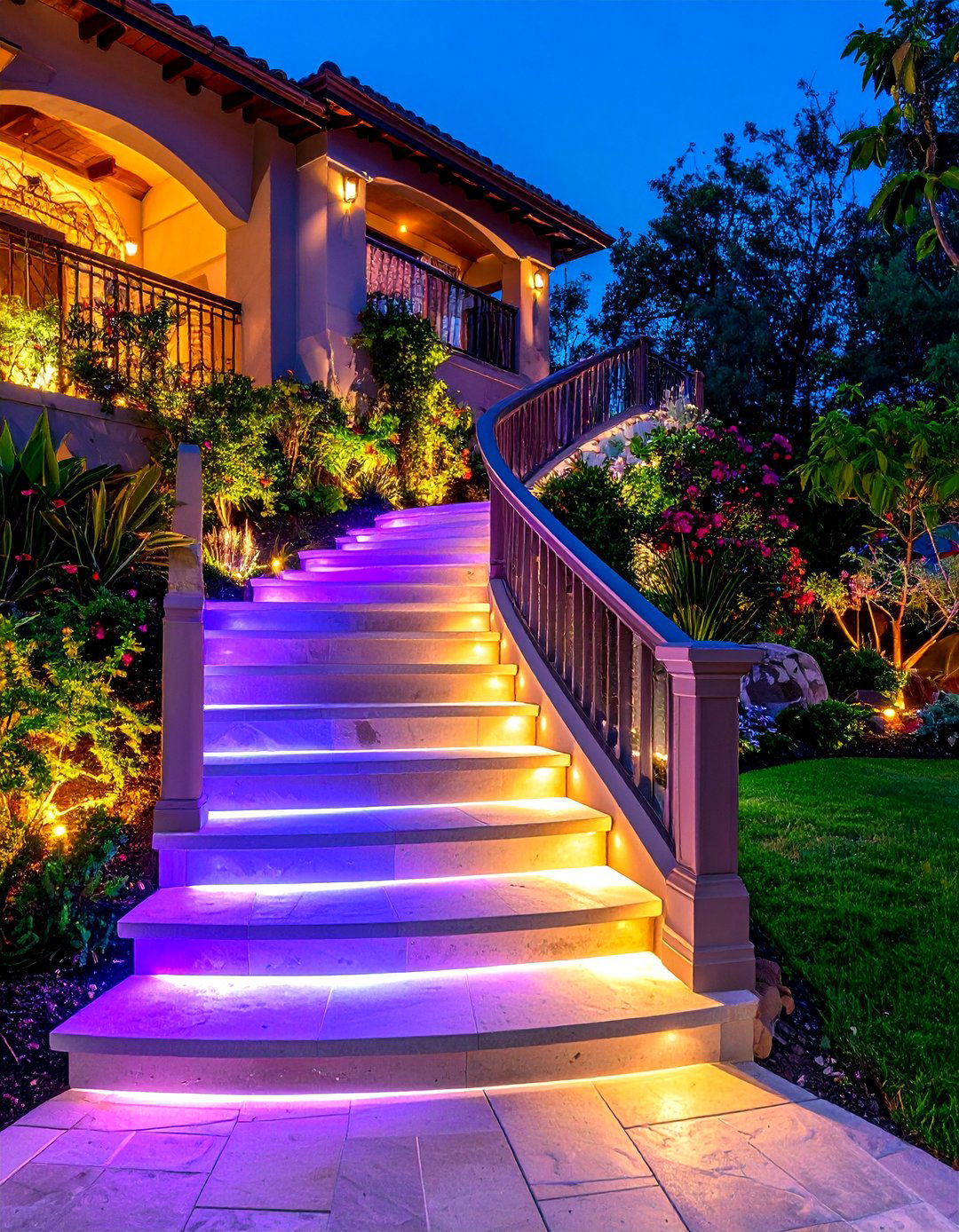
Enhance safety and ambiance with low-voltage LED lights embedded into stair risers or installed along pathways. Soft uplighting on steps and retaining walls not only prevents accidents at night but also highlights textures and forms after dusk.
Conclusion:
Sloping garden design blends structural interventions and creative plantings to transform challenging terrain into captivating outdoor living spaces. By leveraging terraces, retaining walls, and multi-level decks, you create functional areas while controlling erosion. Naturalistic elements—rock gardens, water features, and native plantings—enhance biodiversity and aesthetic appeal. Thoughtful lighting and hardscape details unify the design, ensuring accessibility and ambiance day and night. With these 20 ideas as inspiration, you can adapt principles to your specific slope, achieving a harmonious balance between form and function on any hillside.


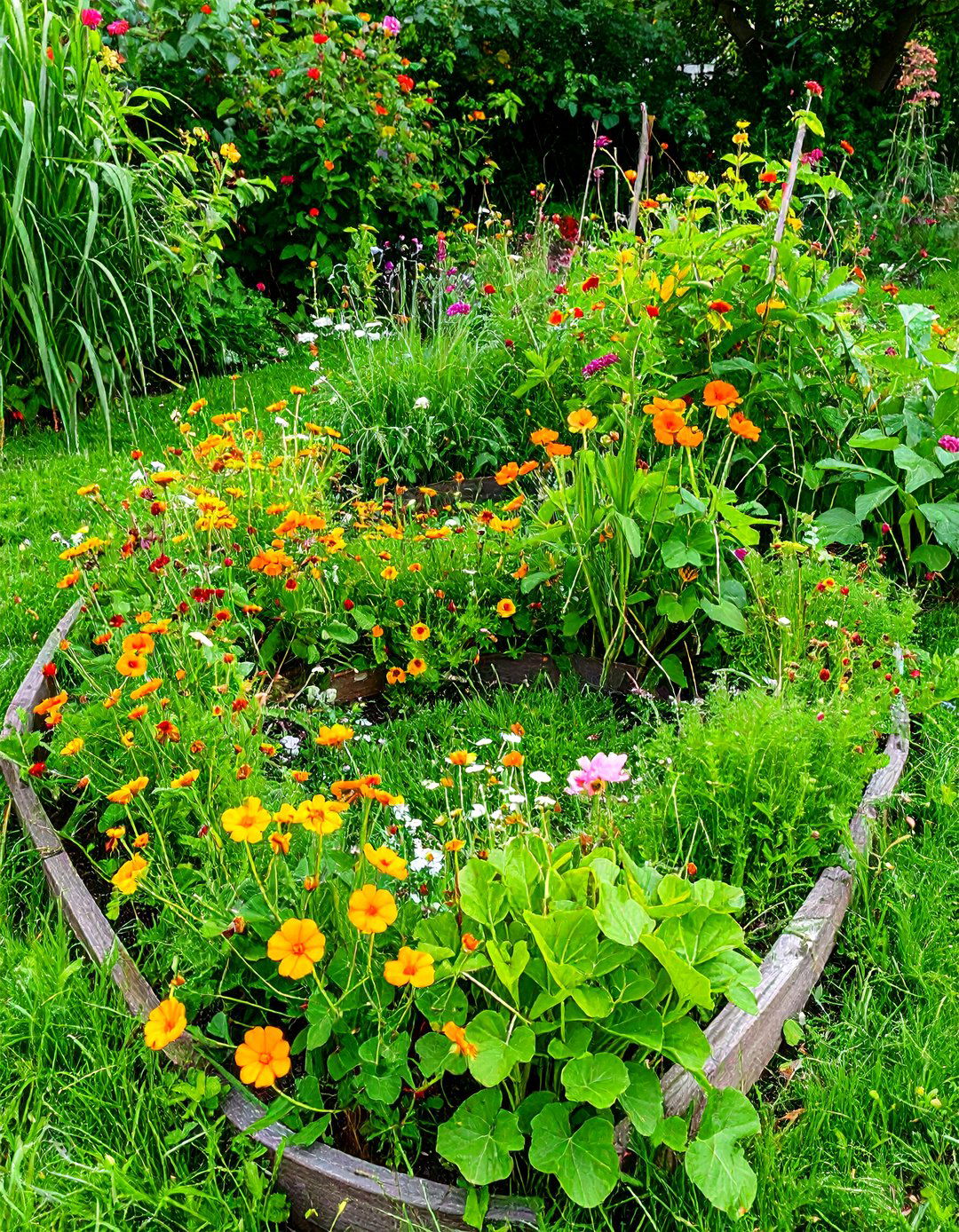
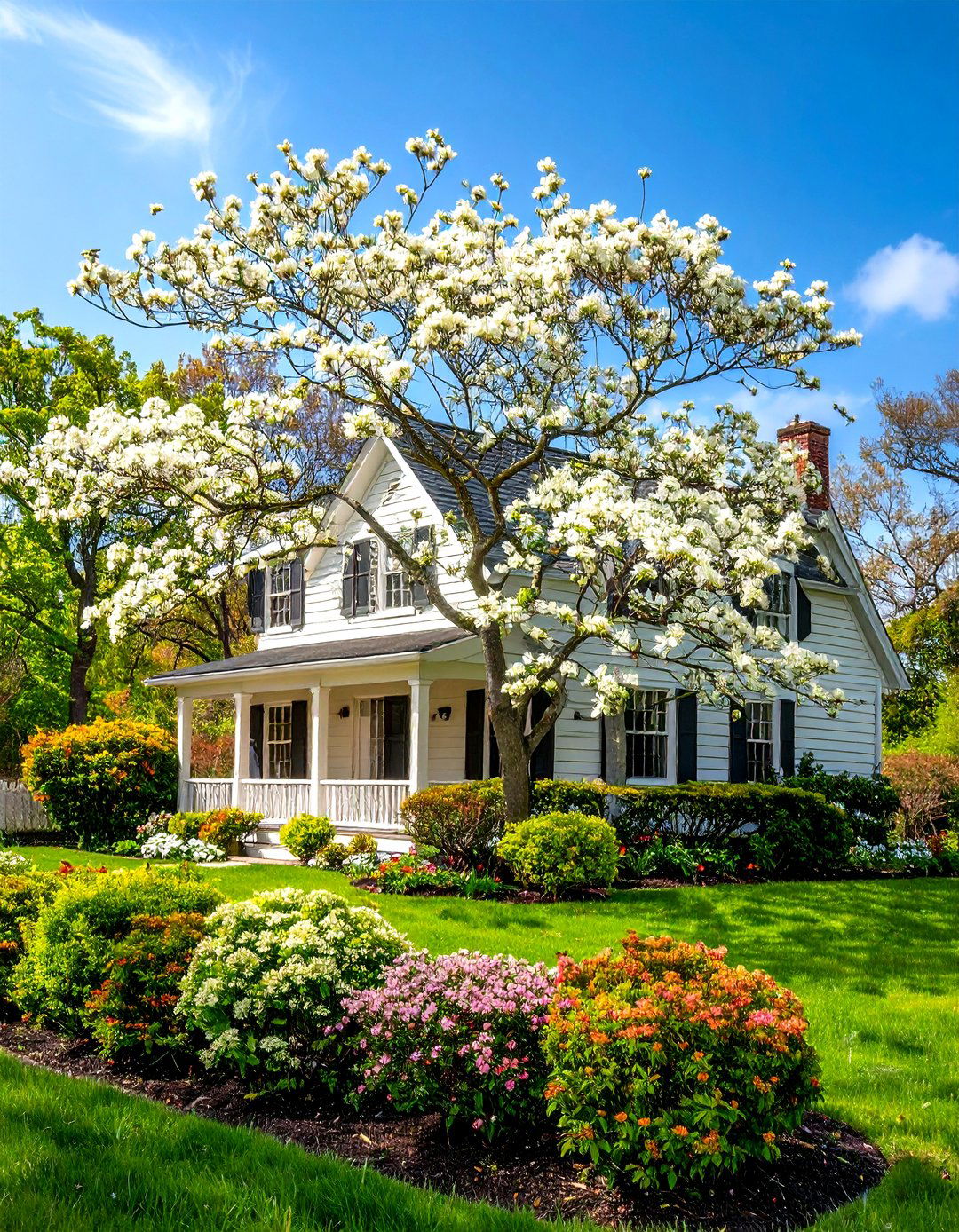
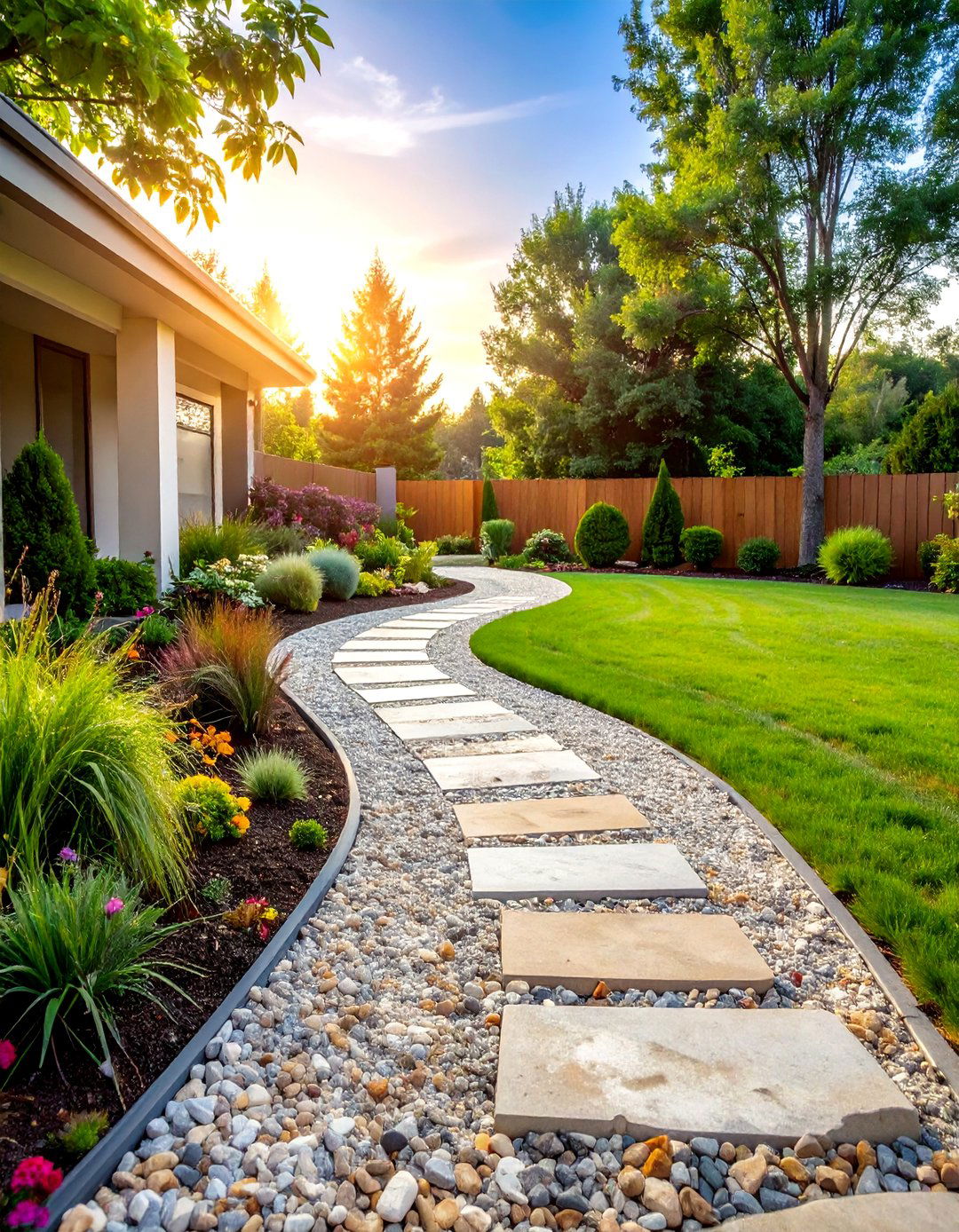

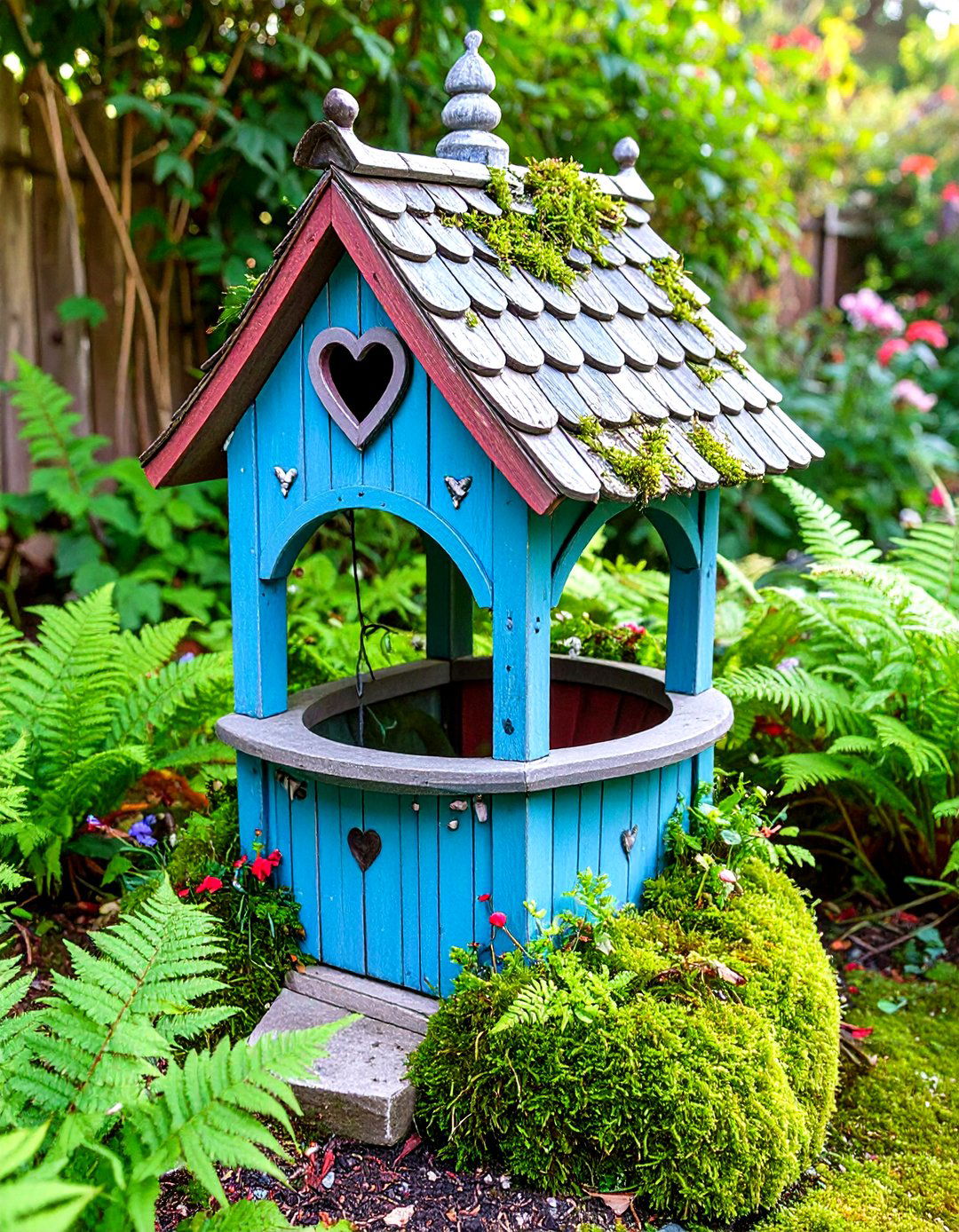

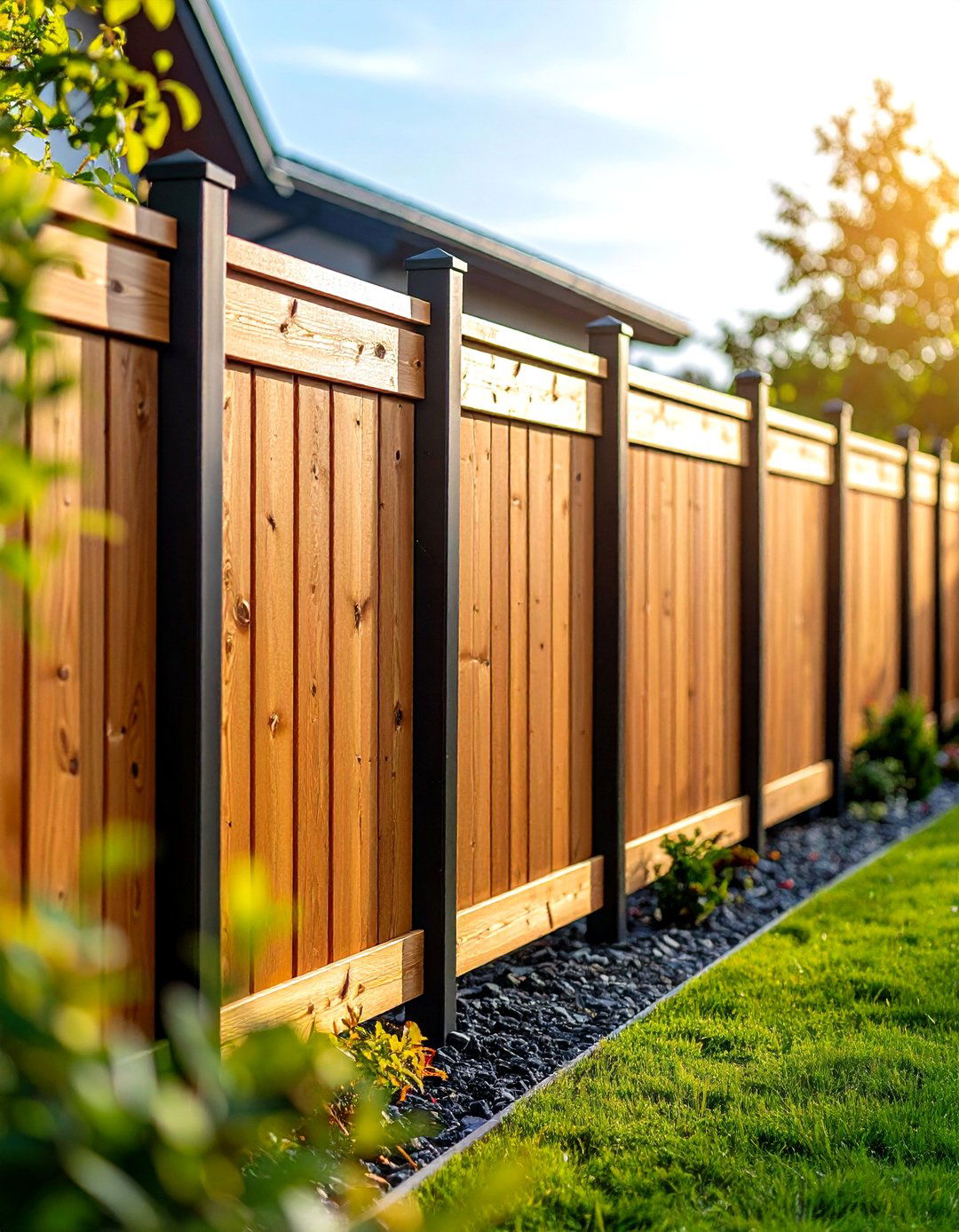

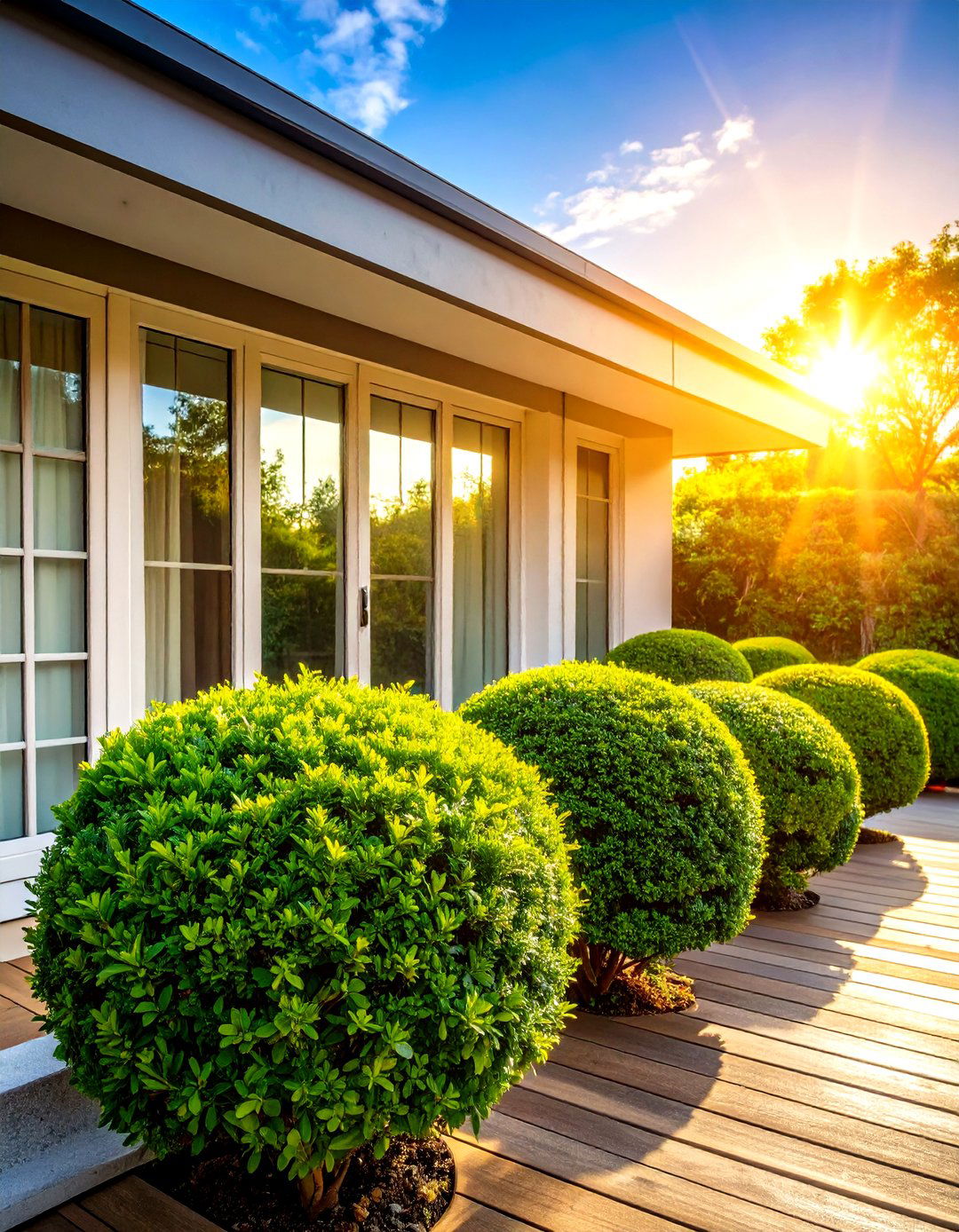

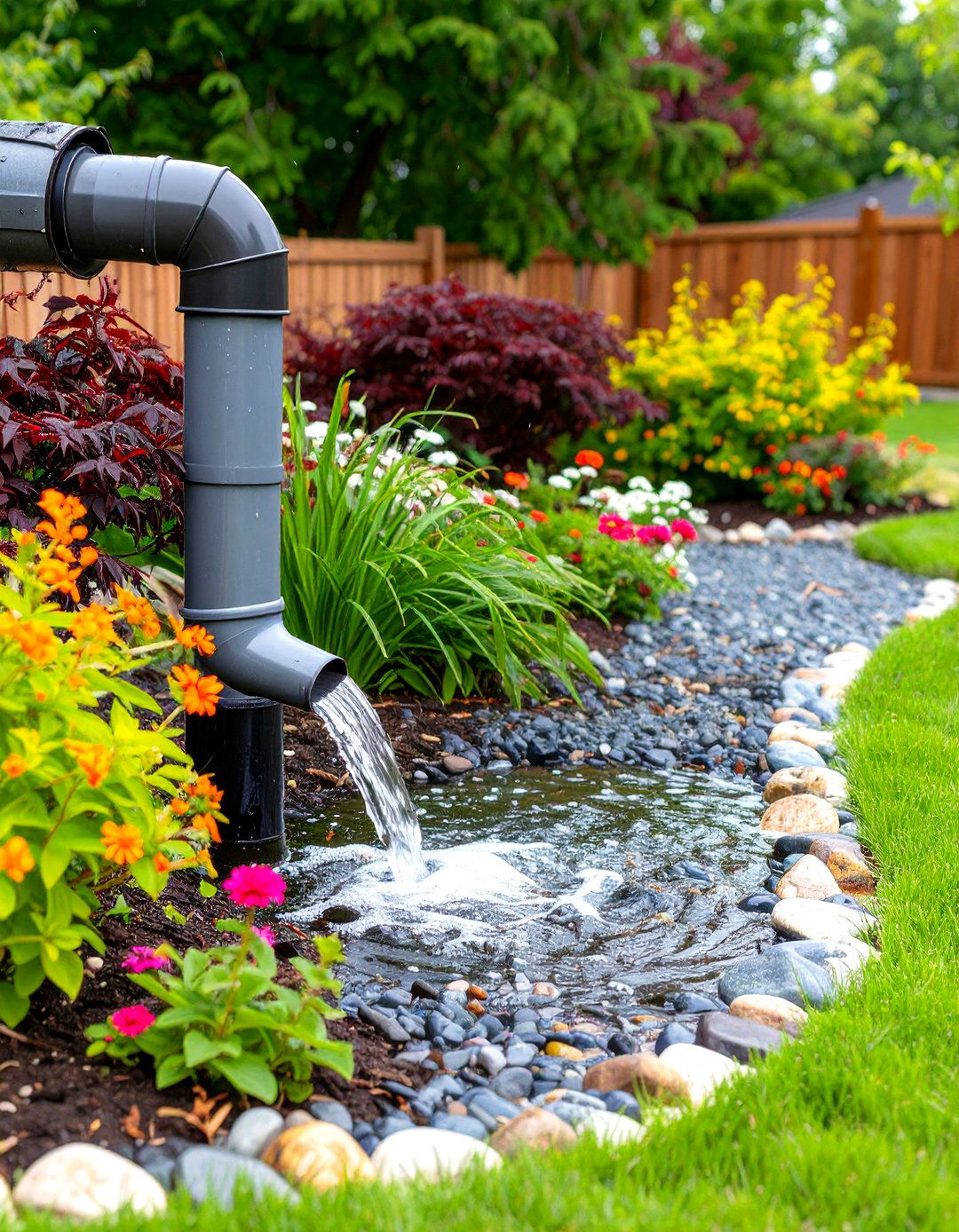
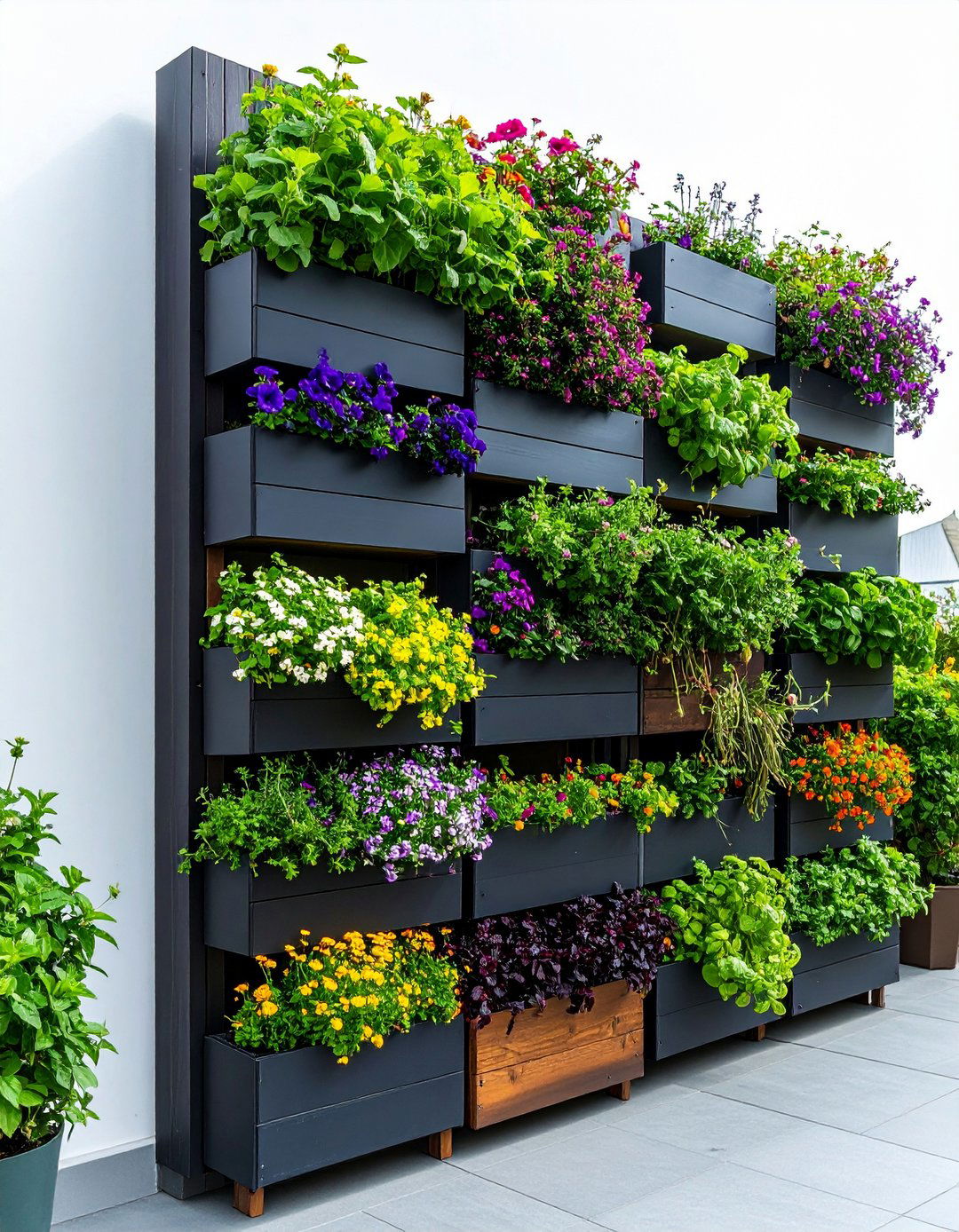
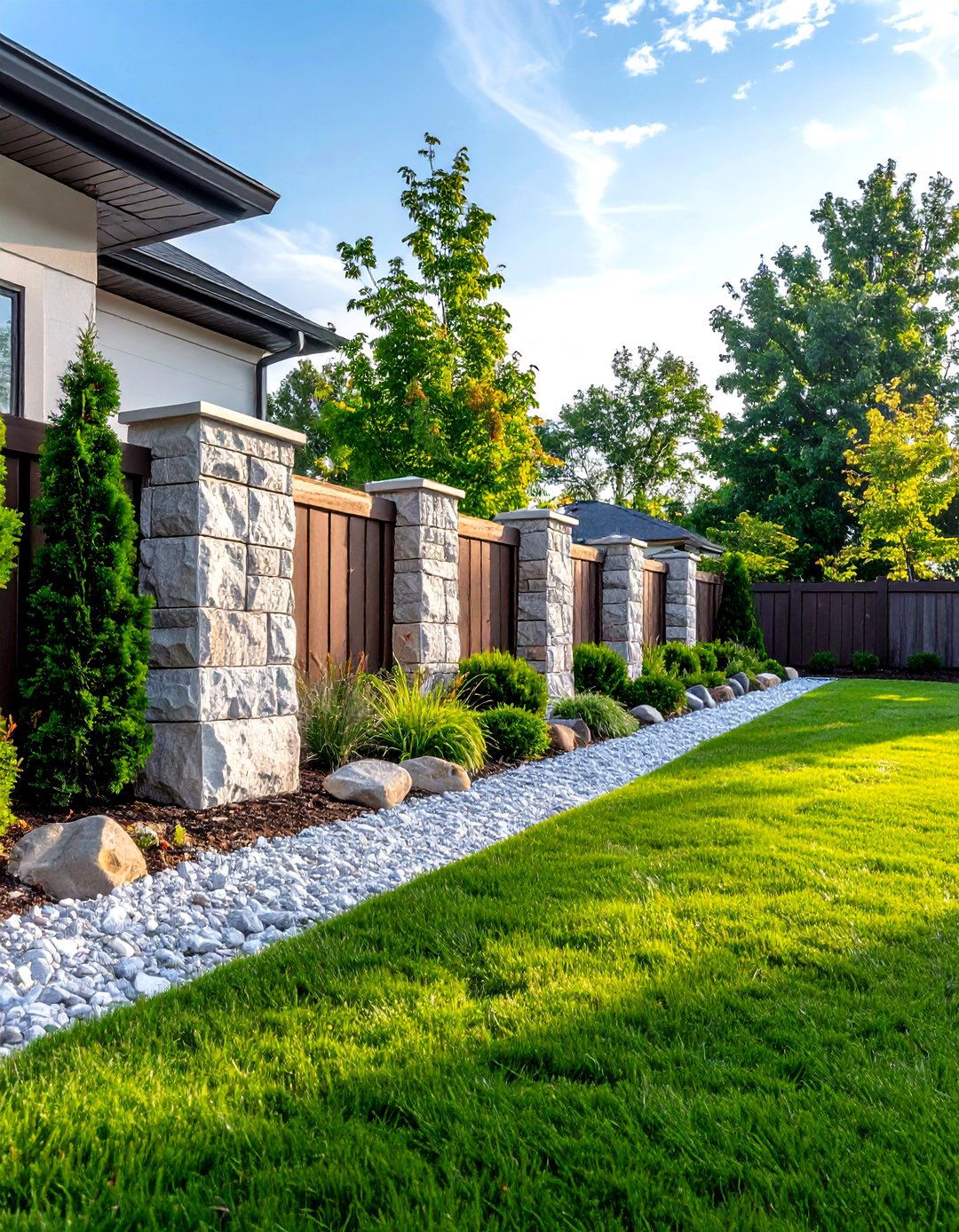
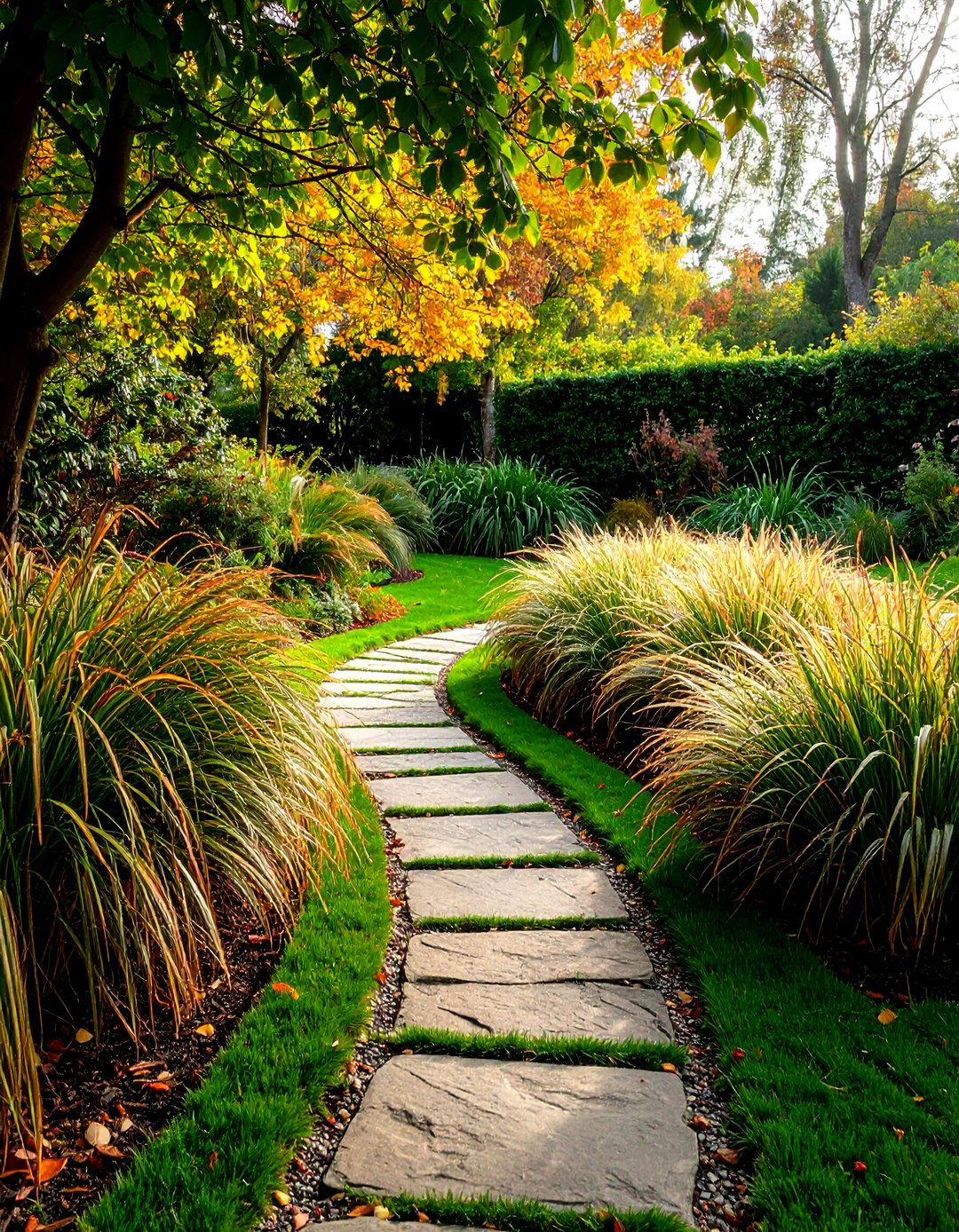
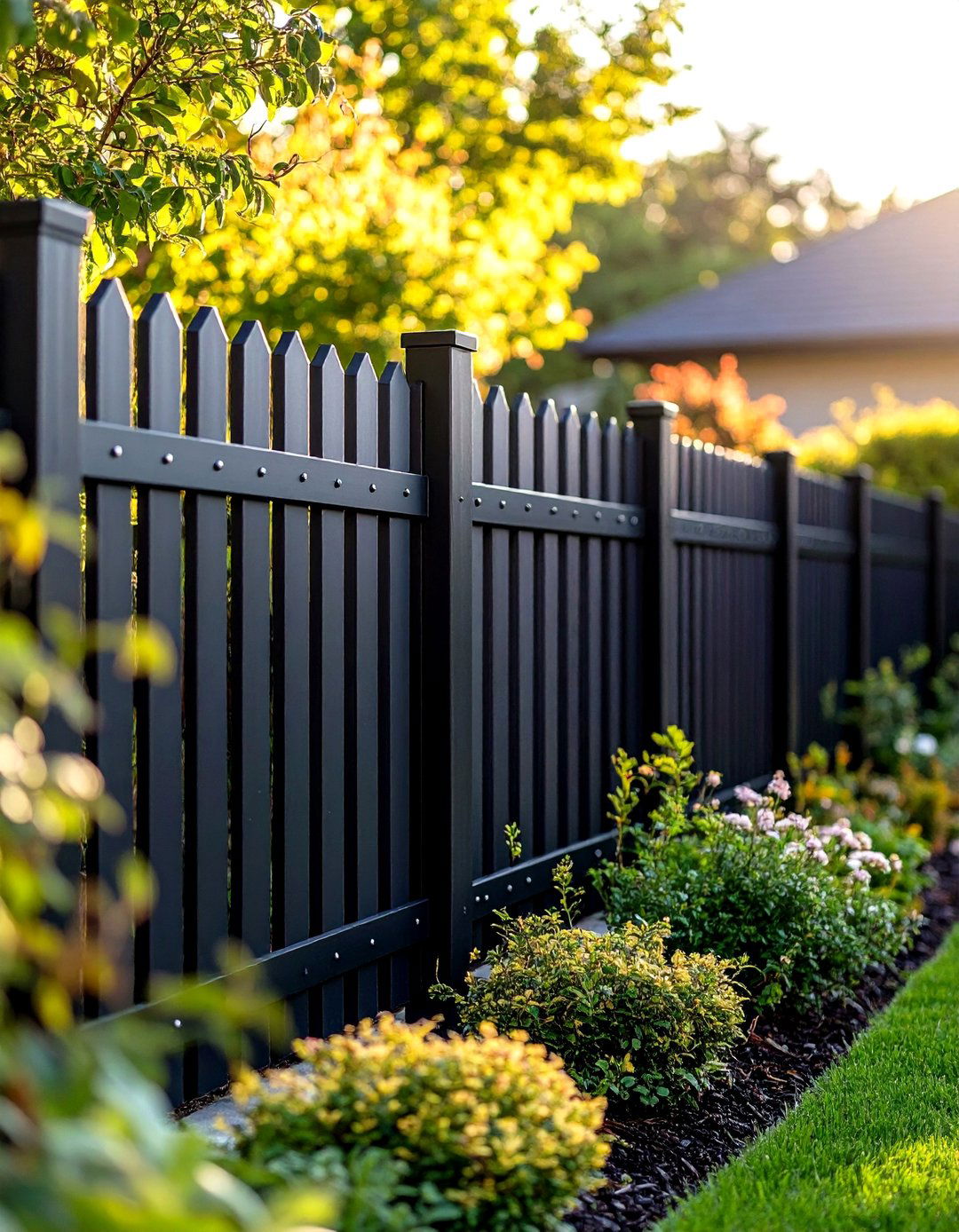
Leave a Reply